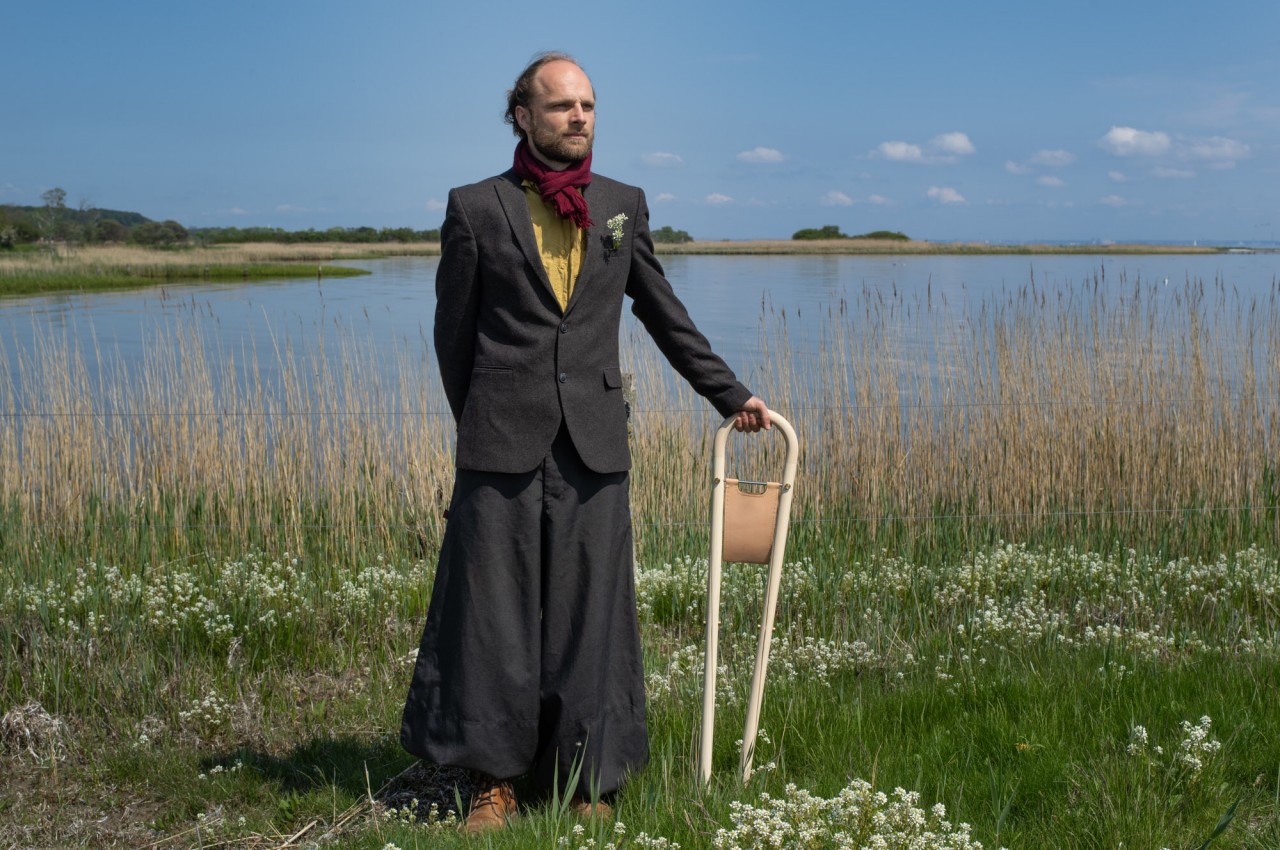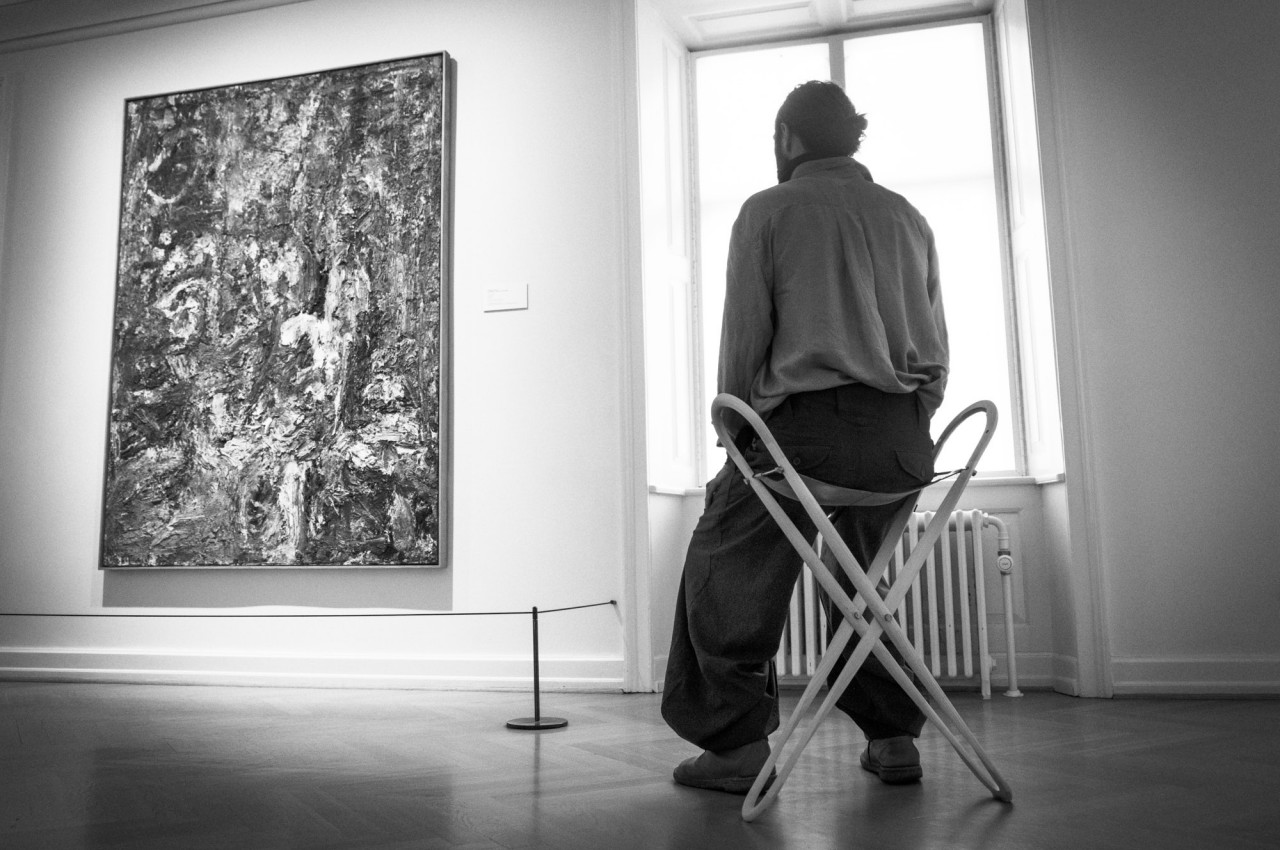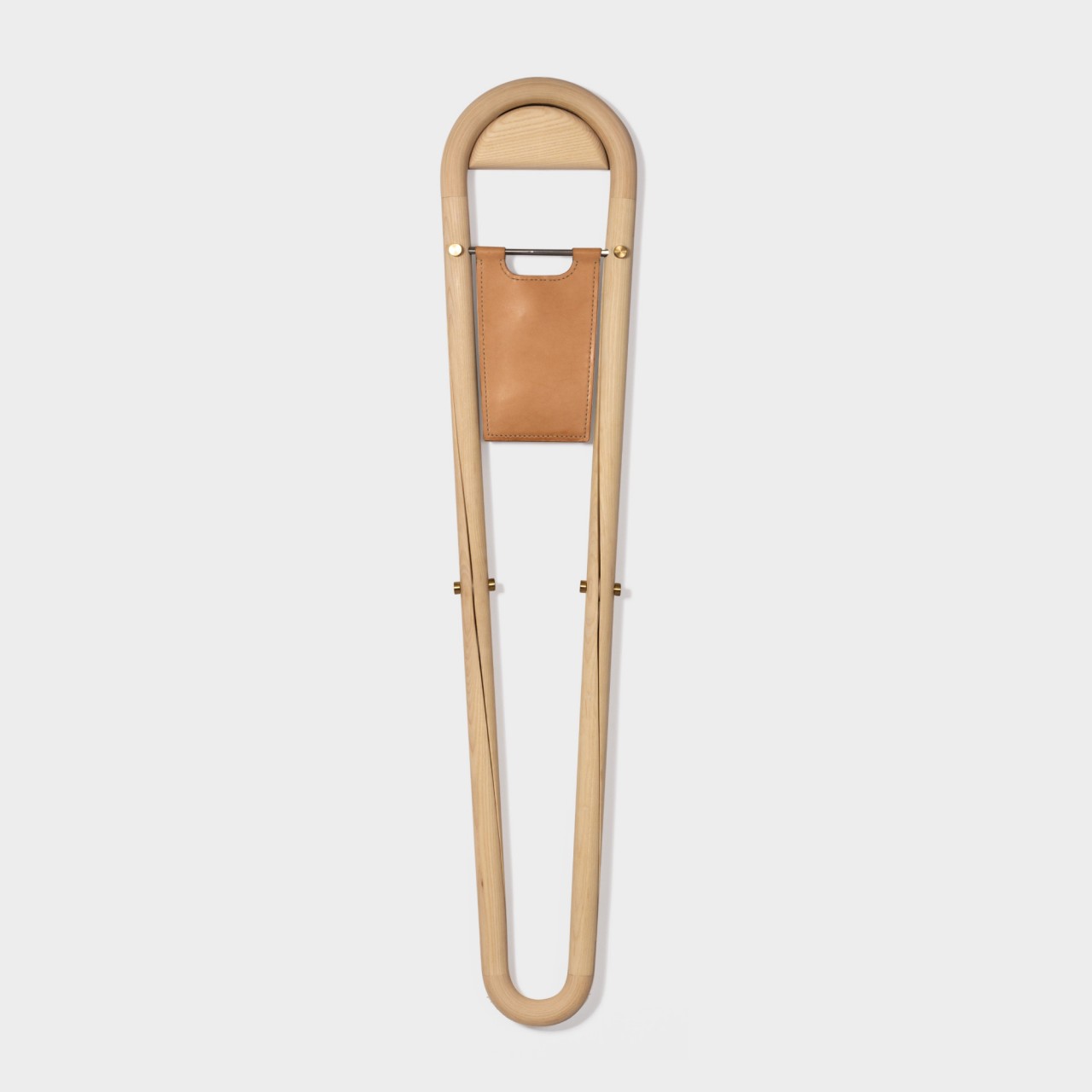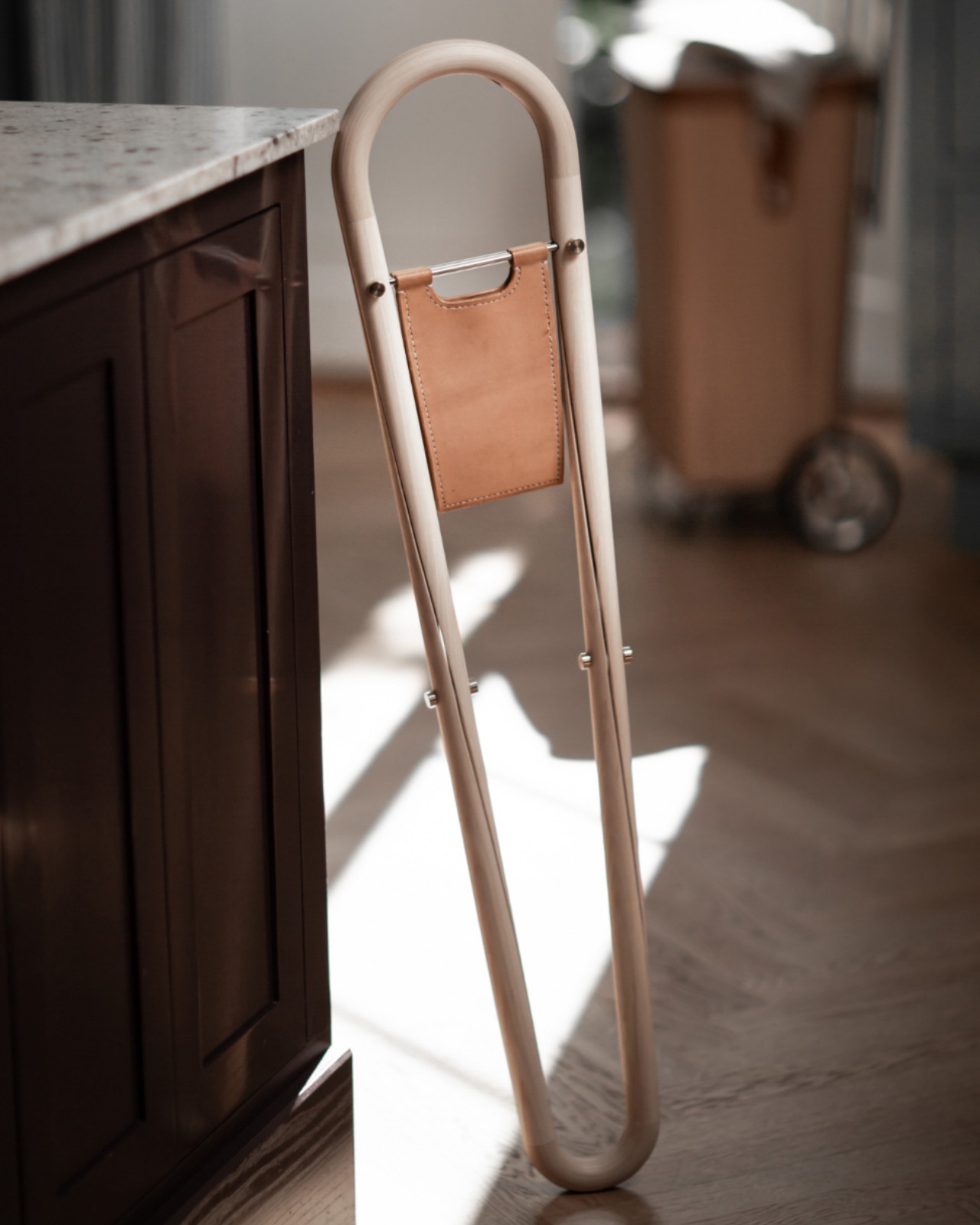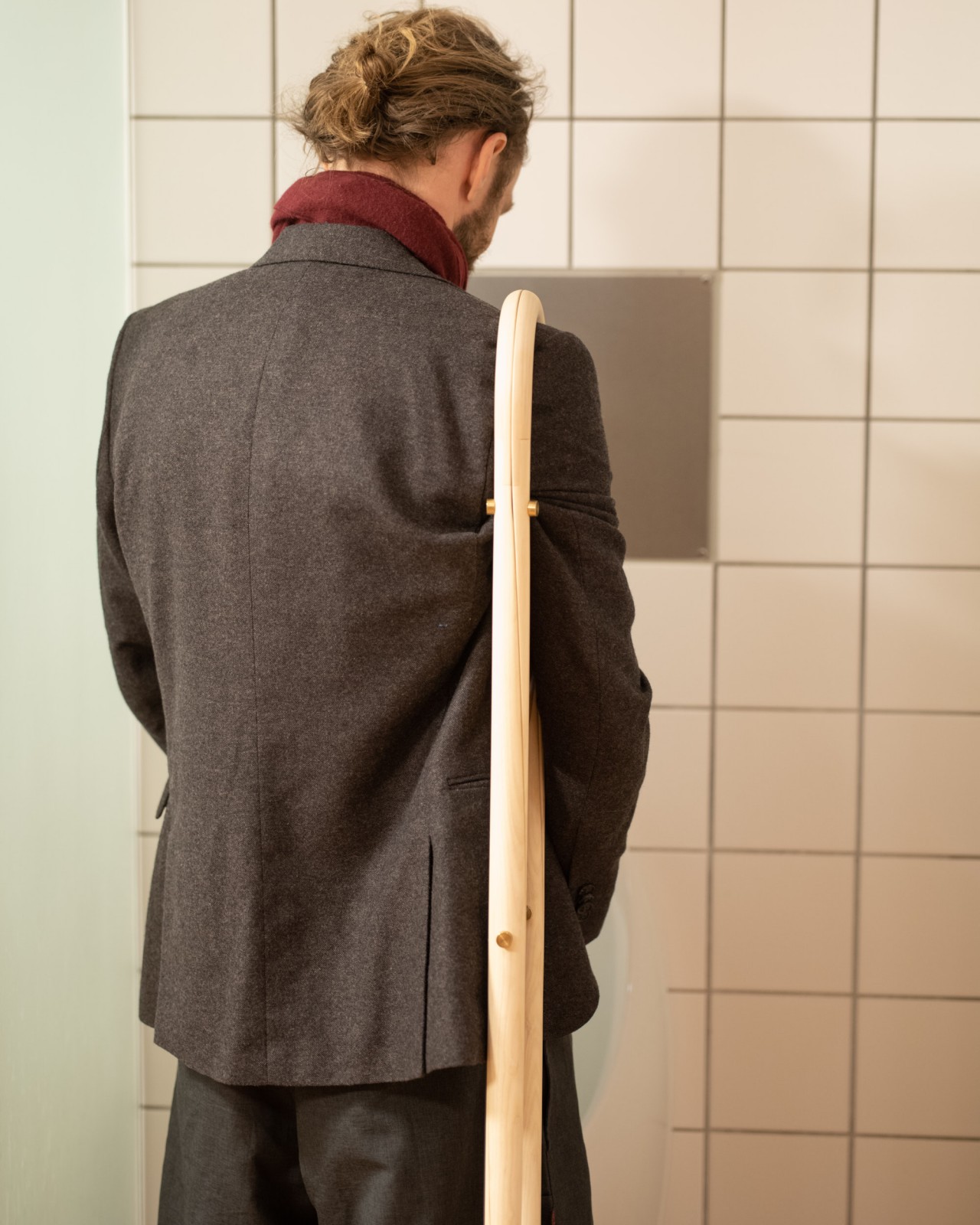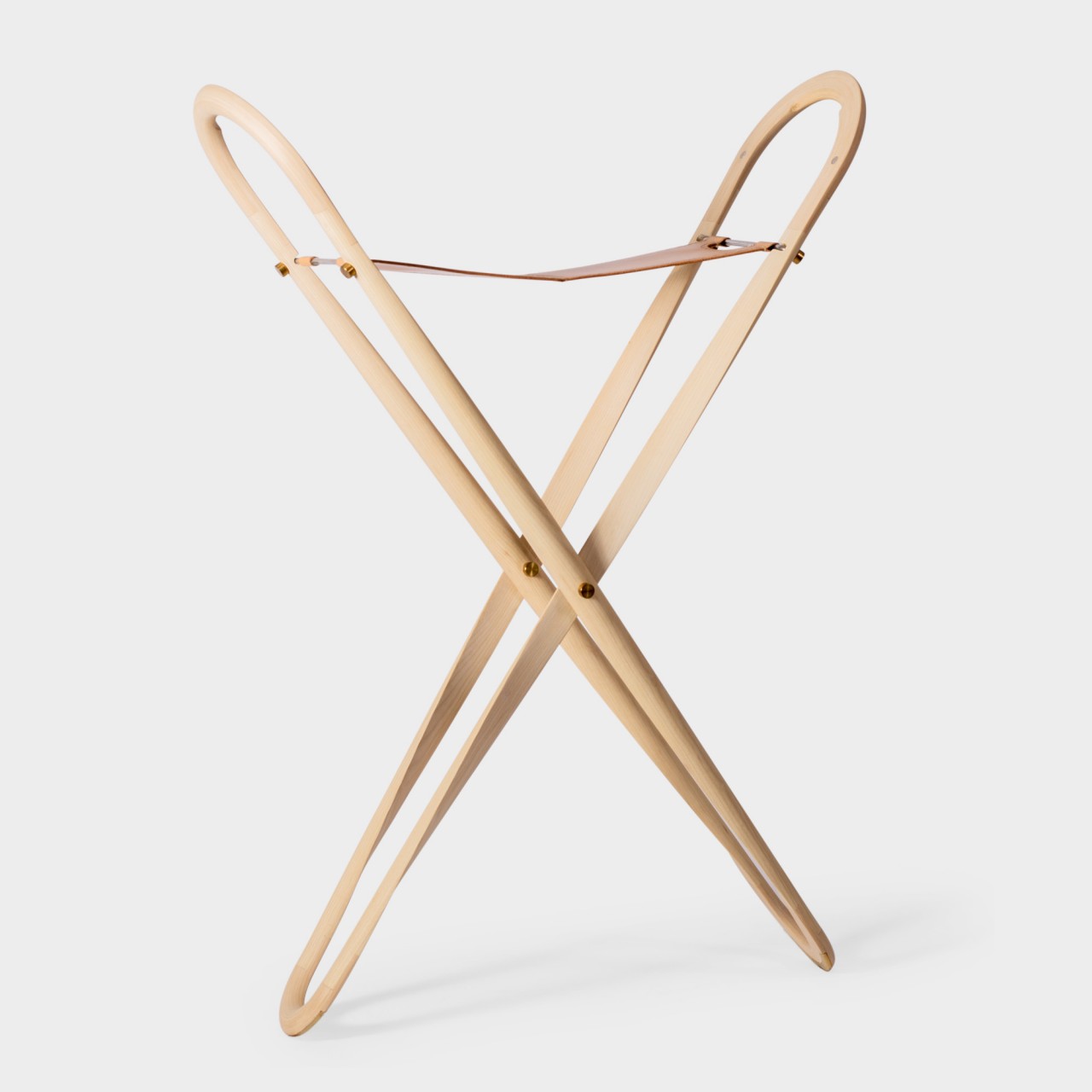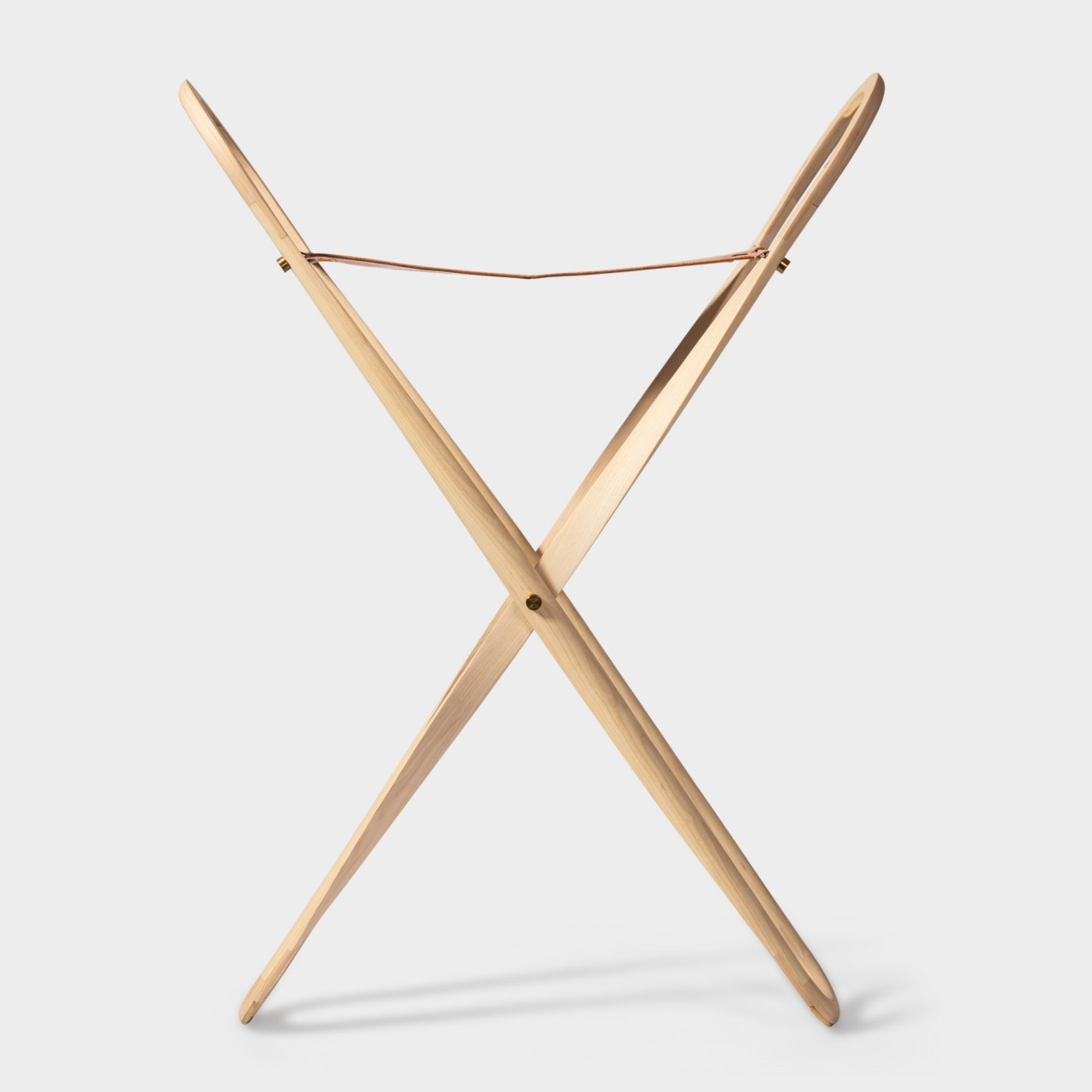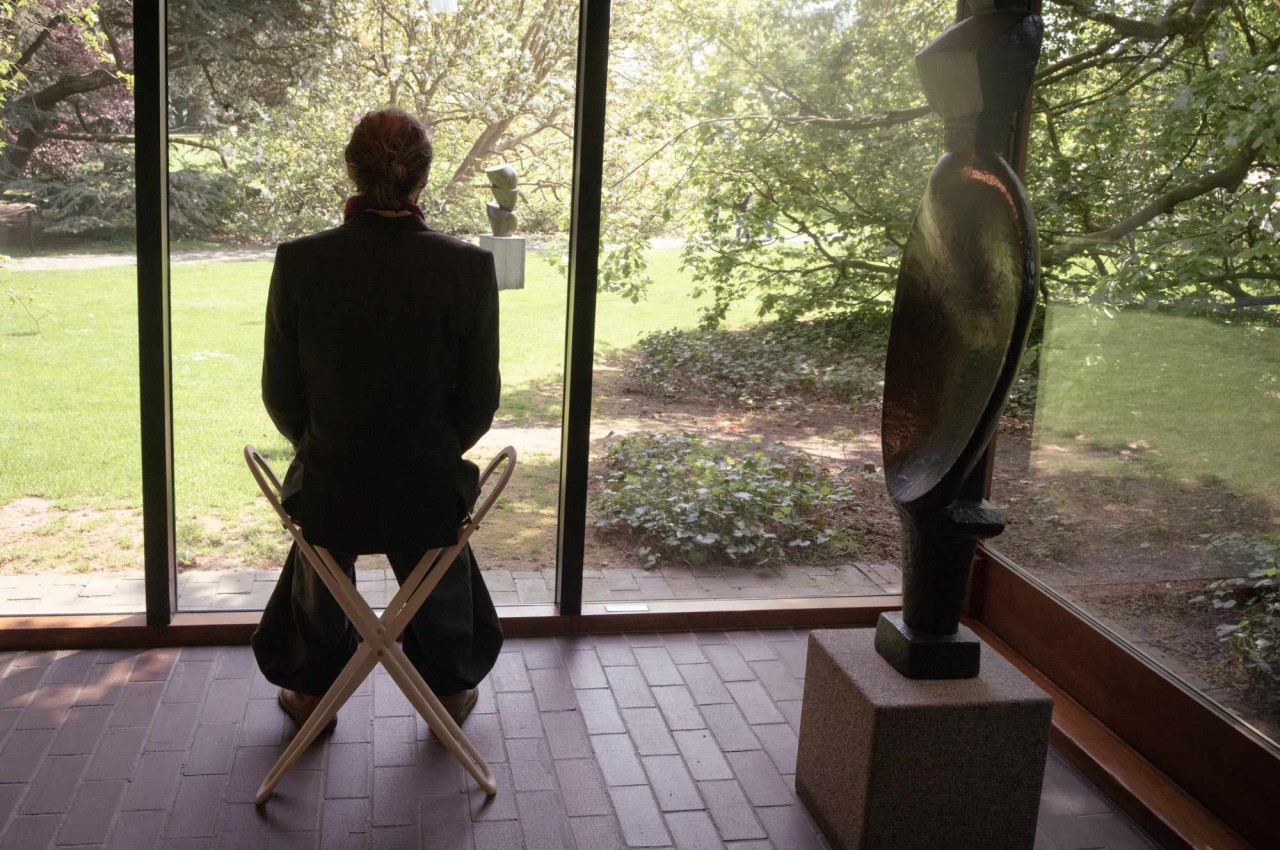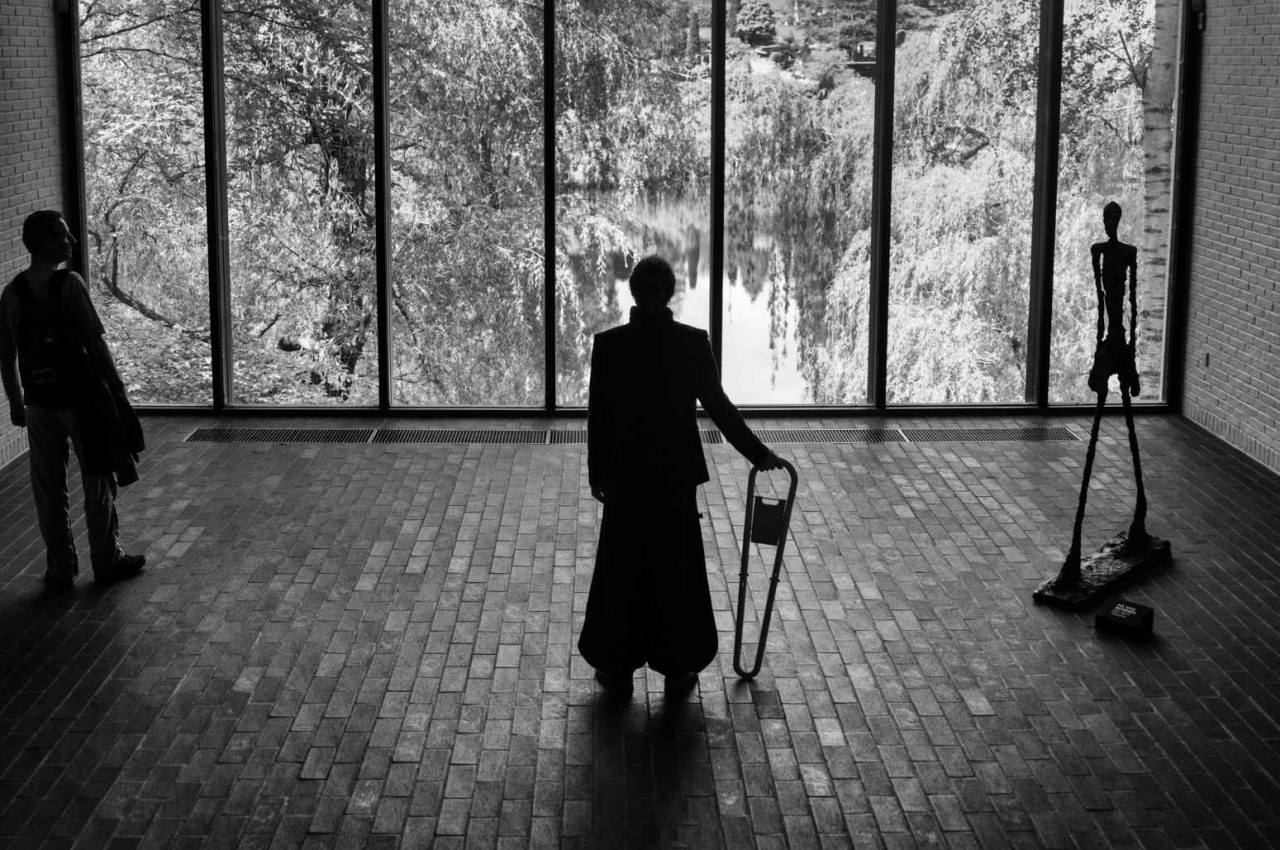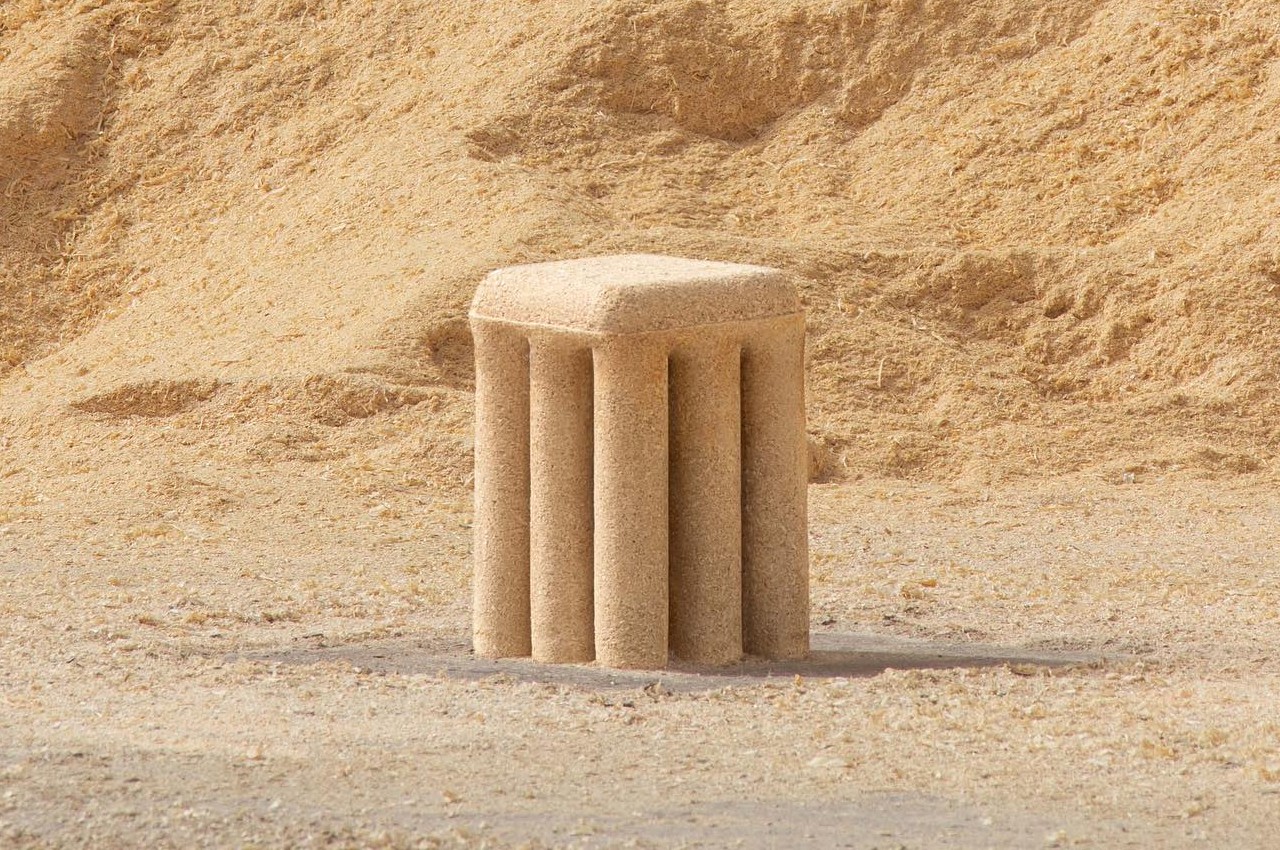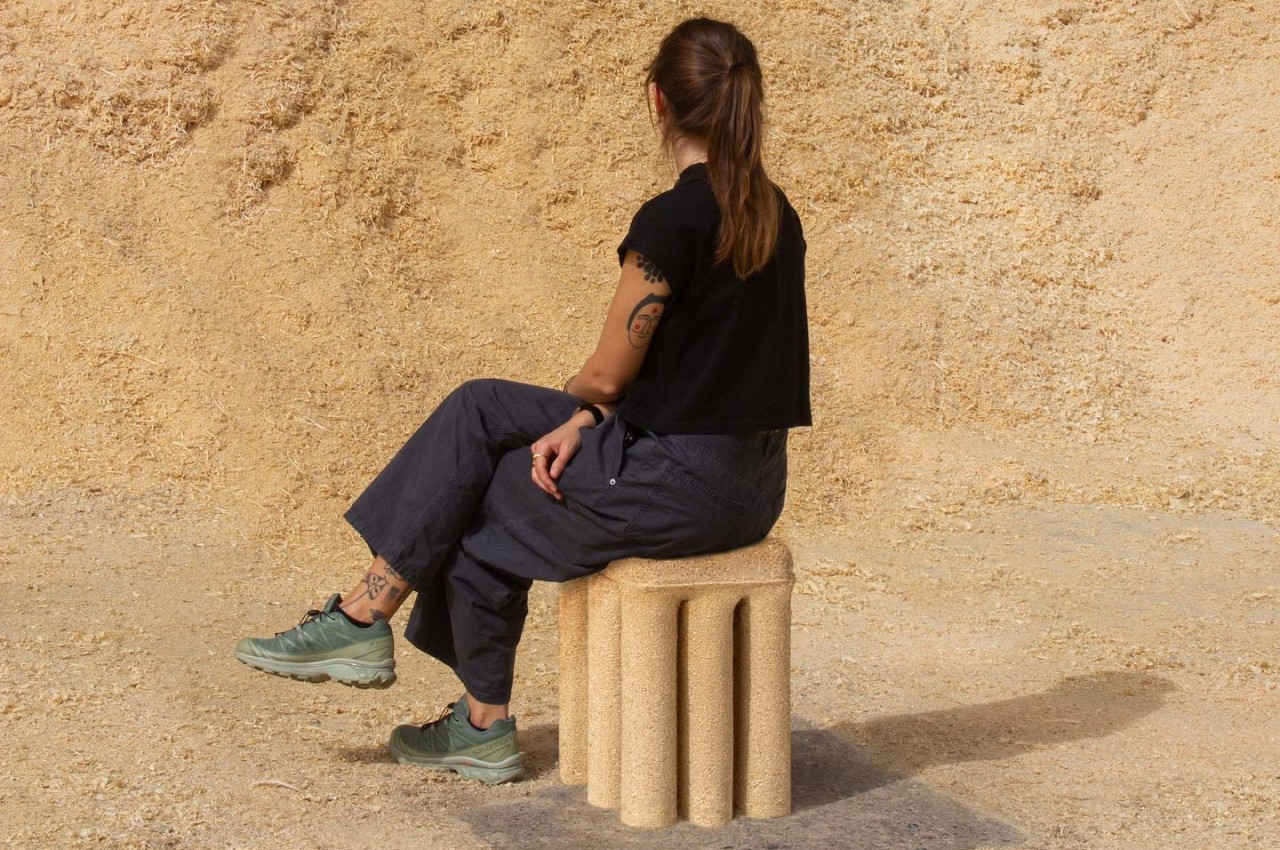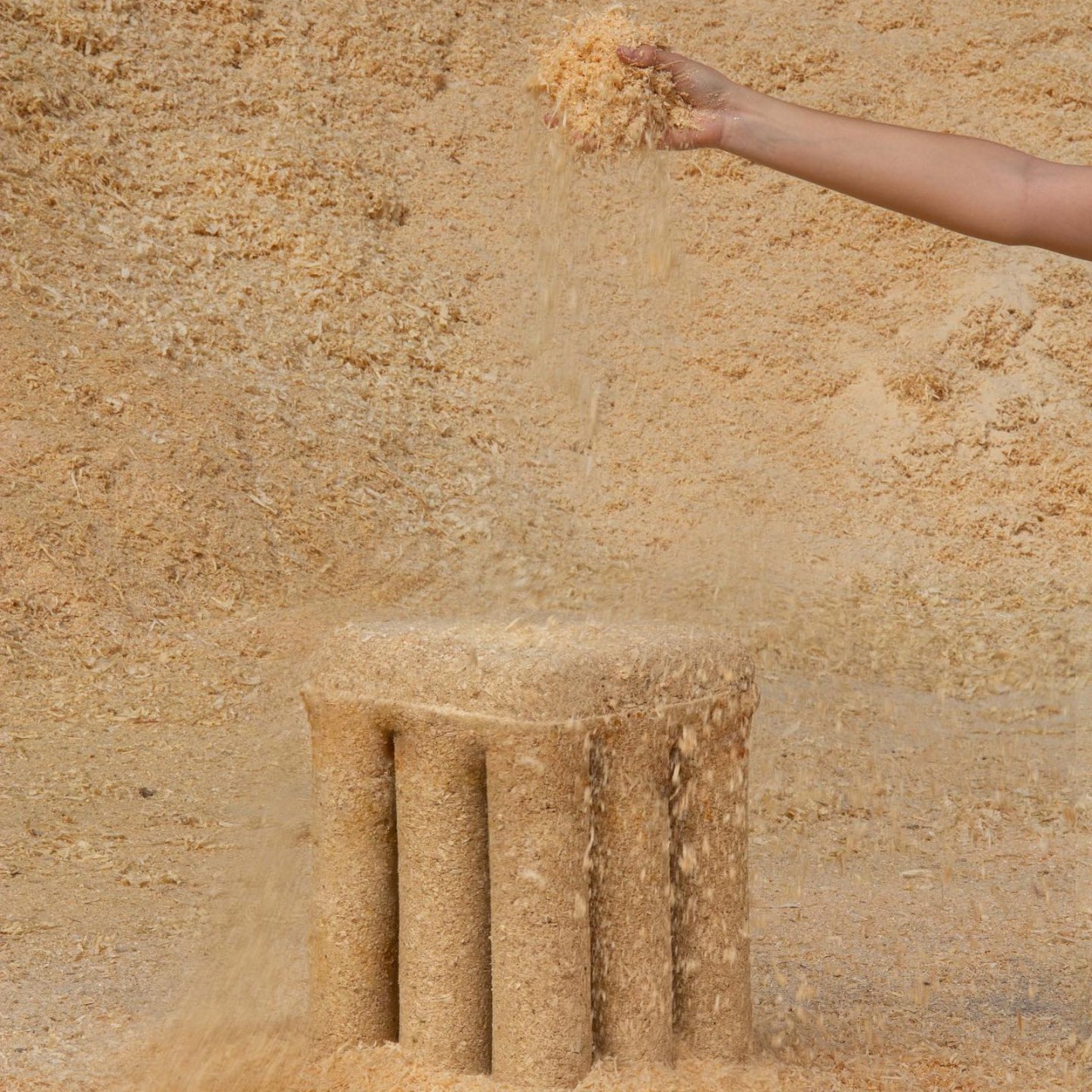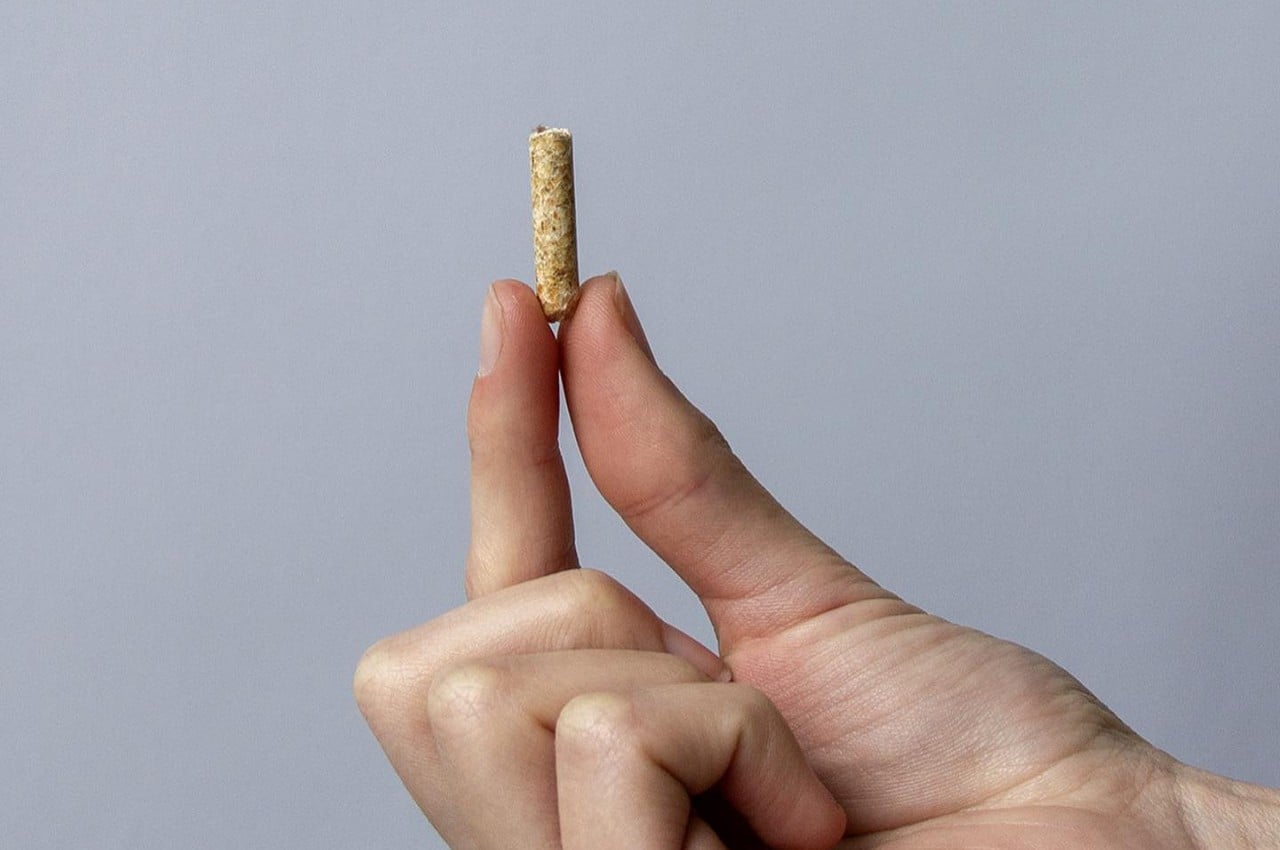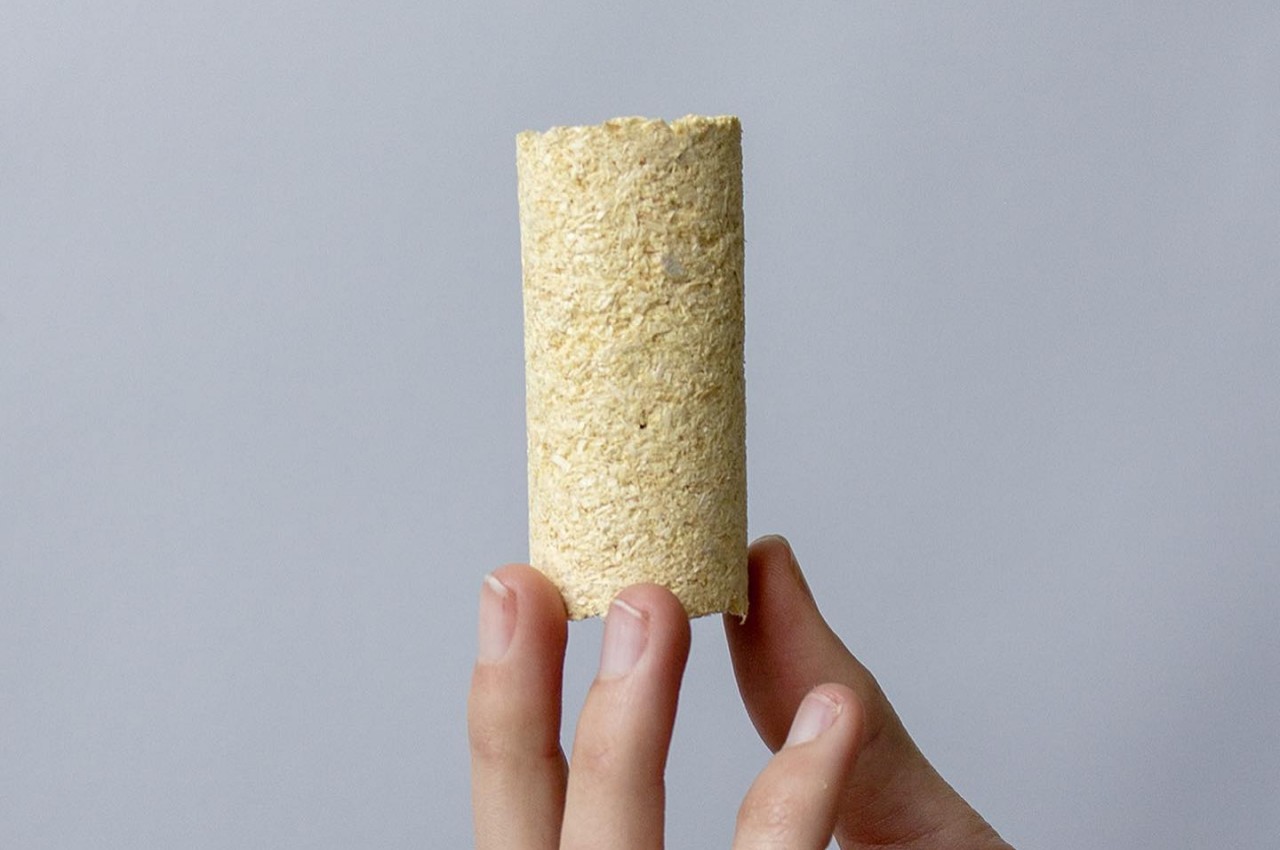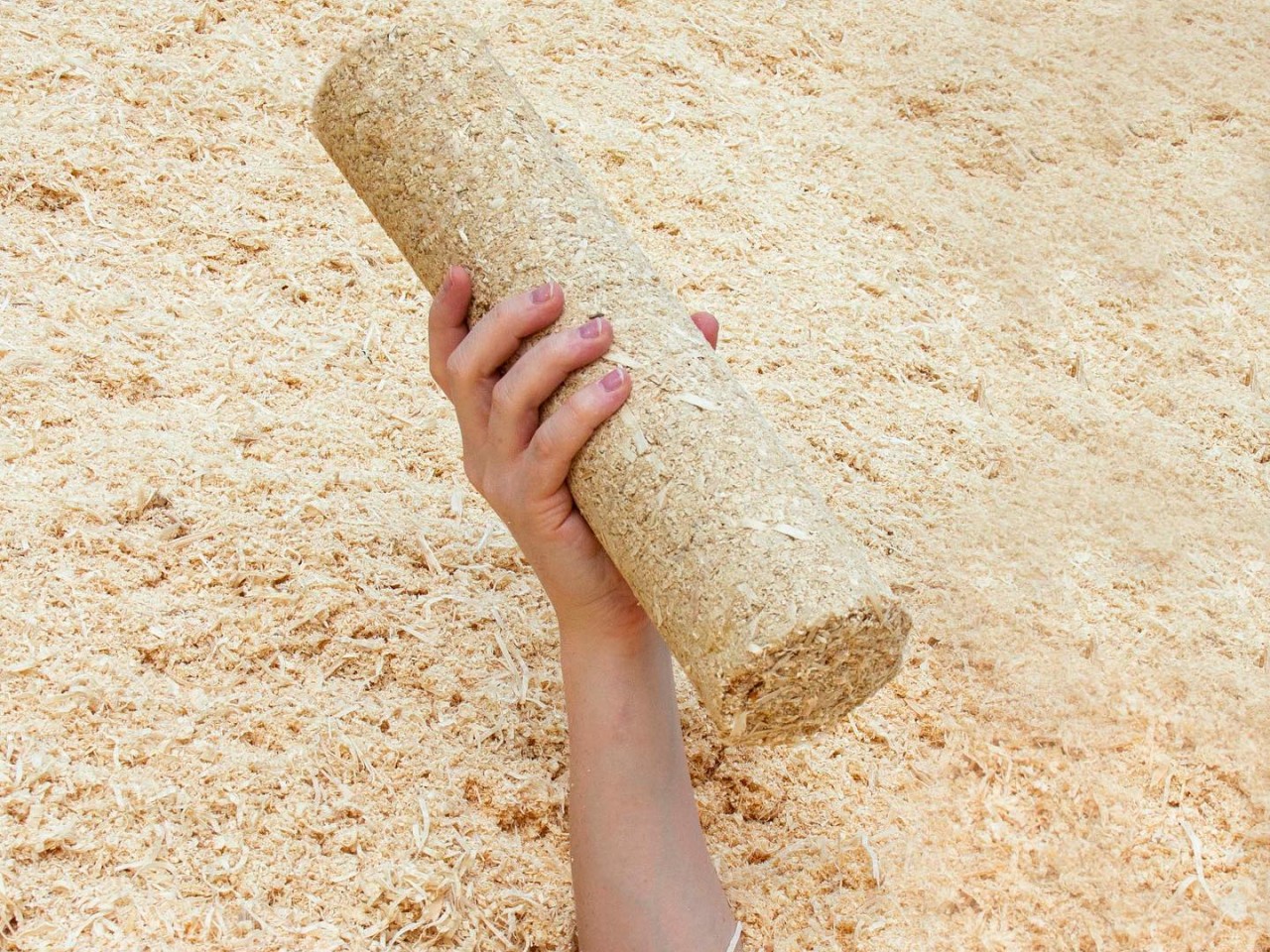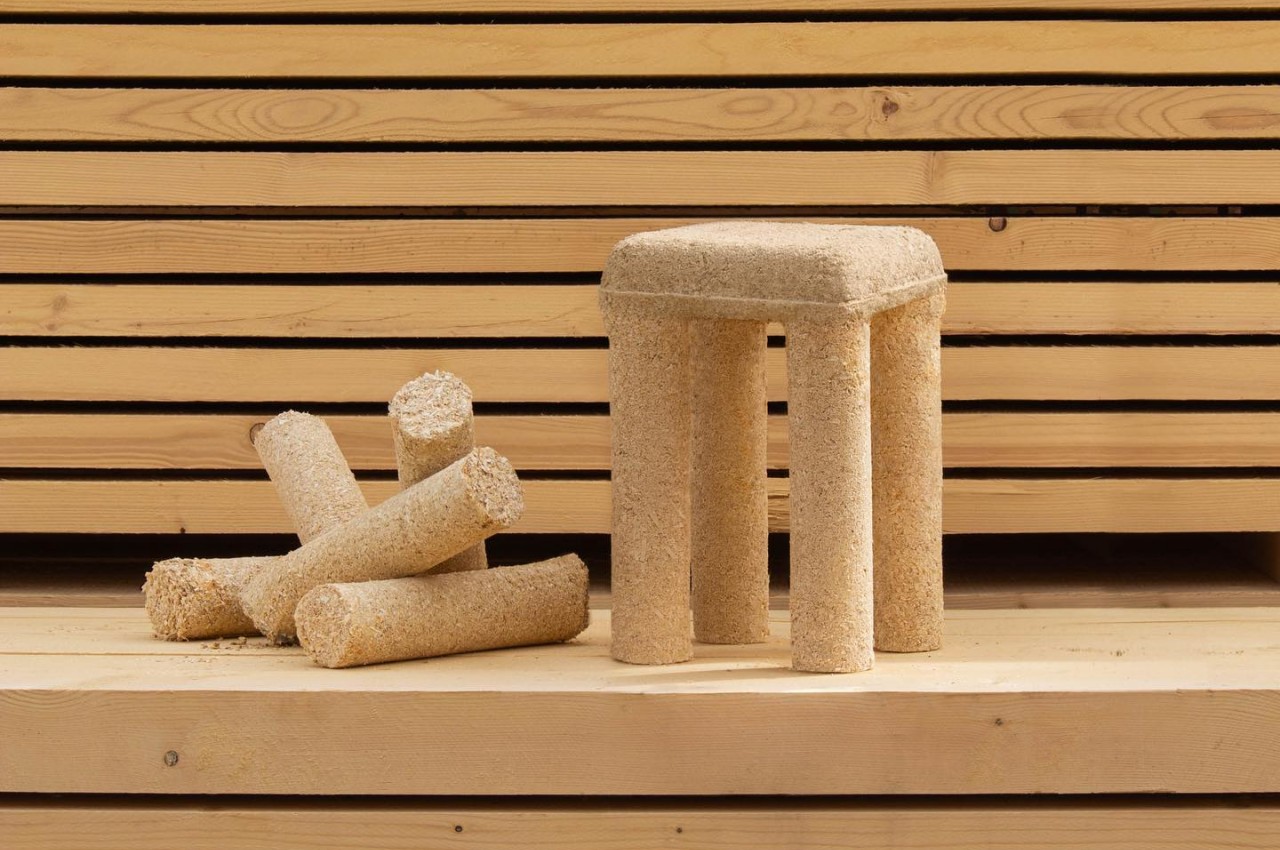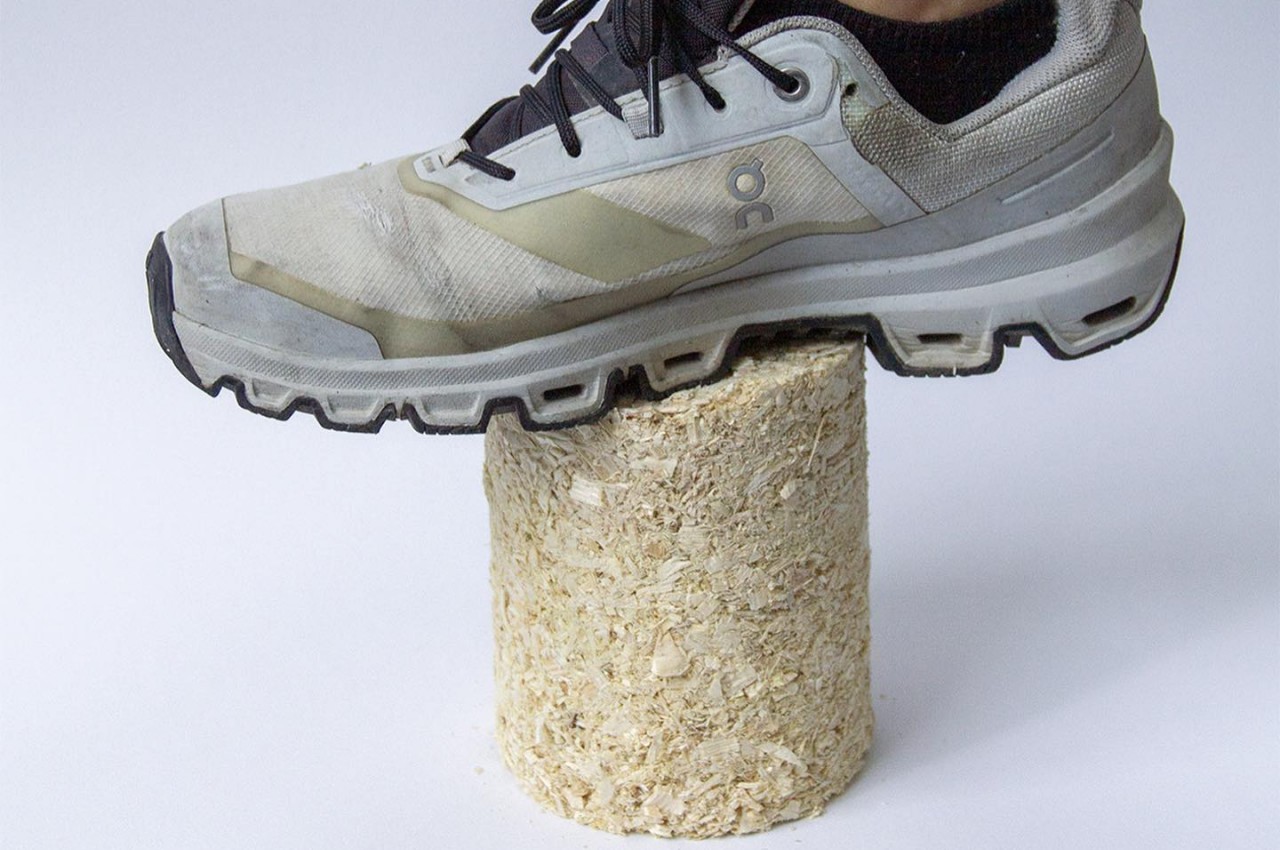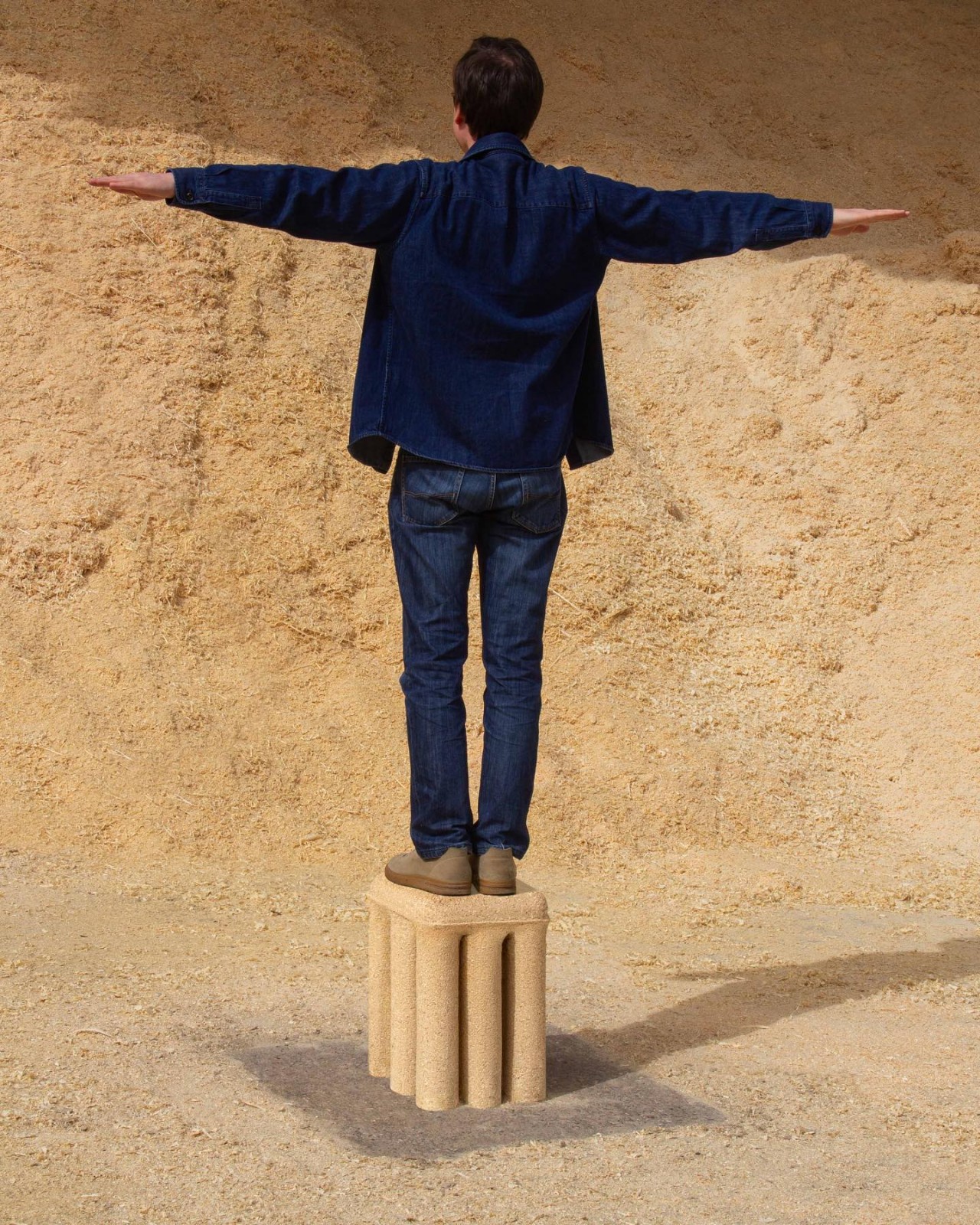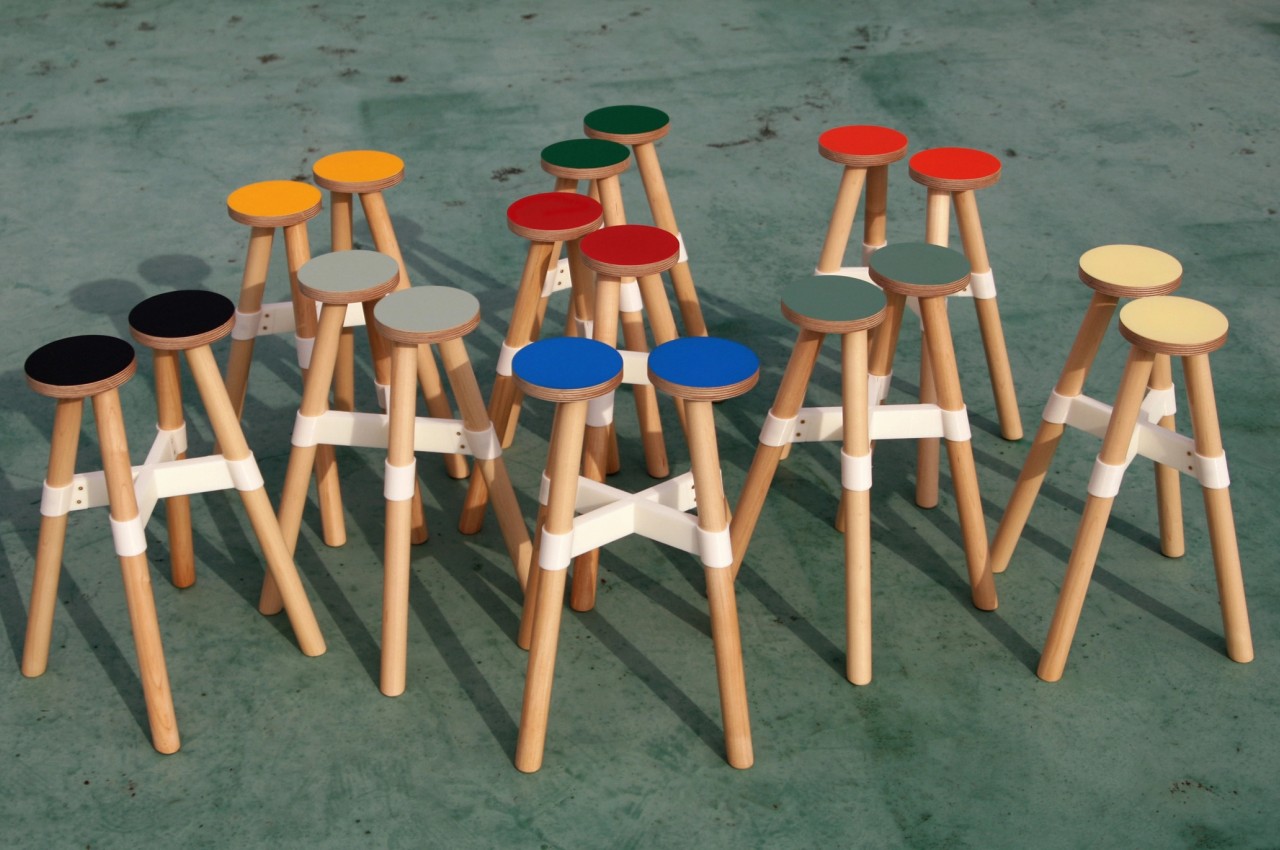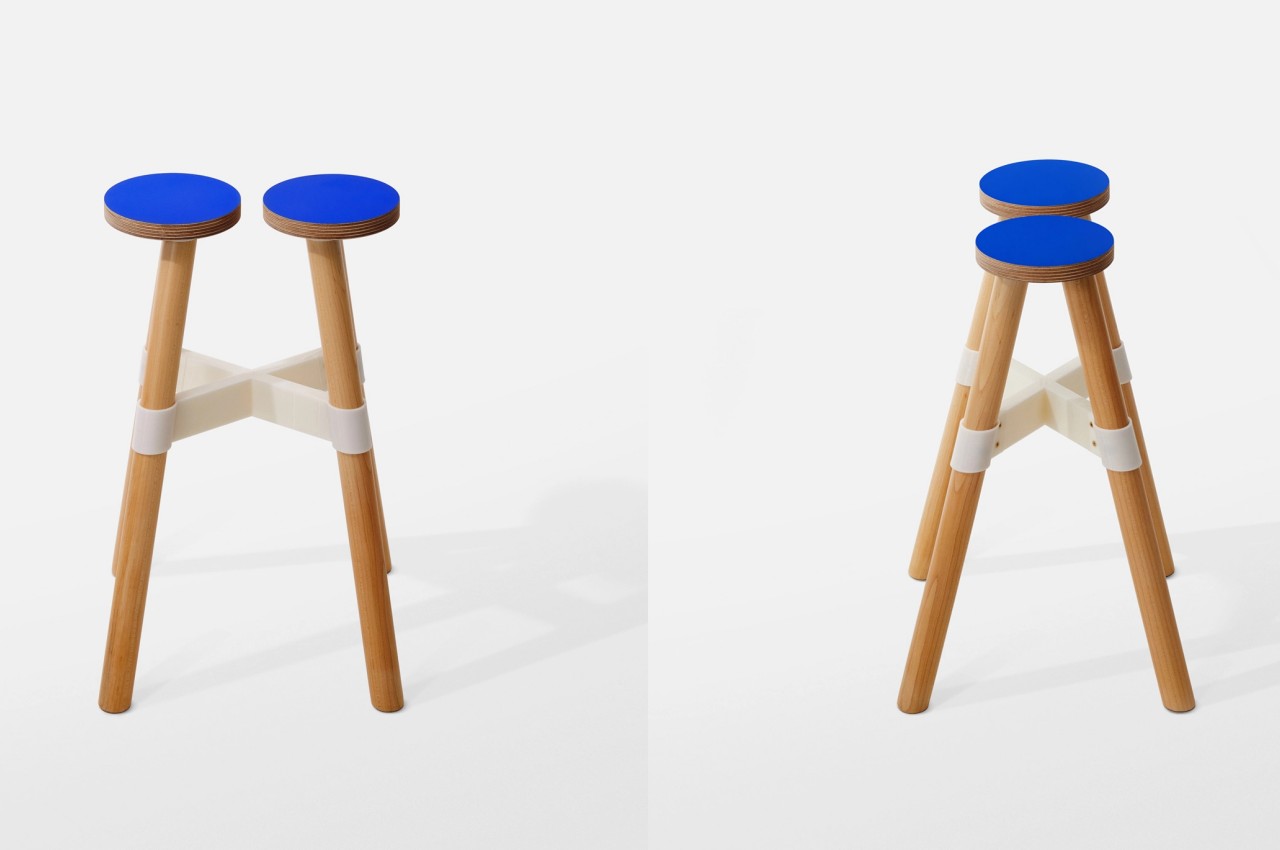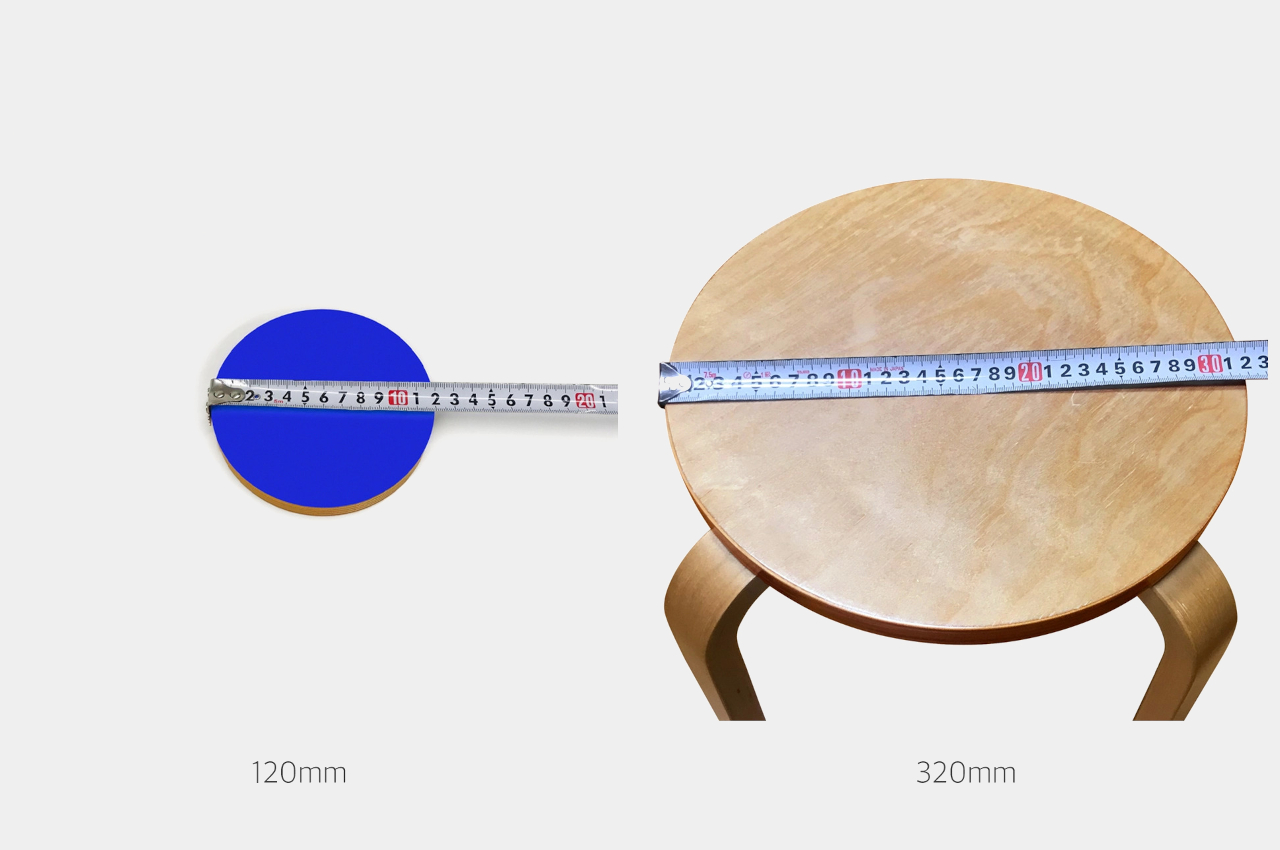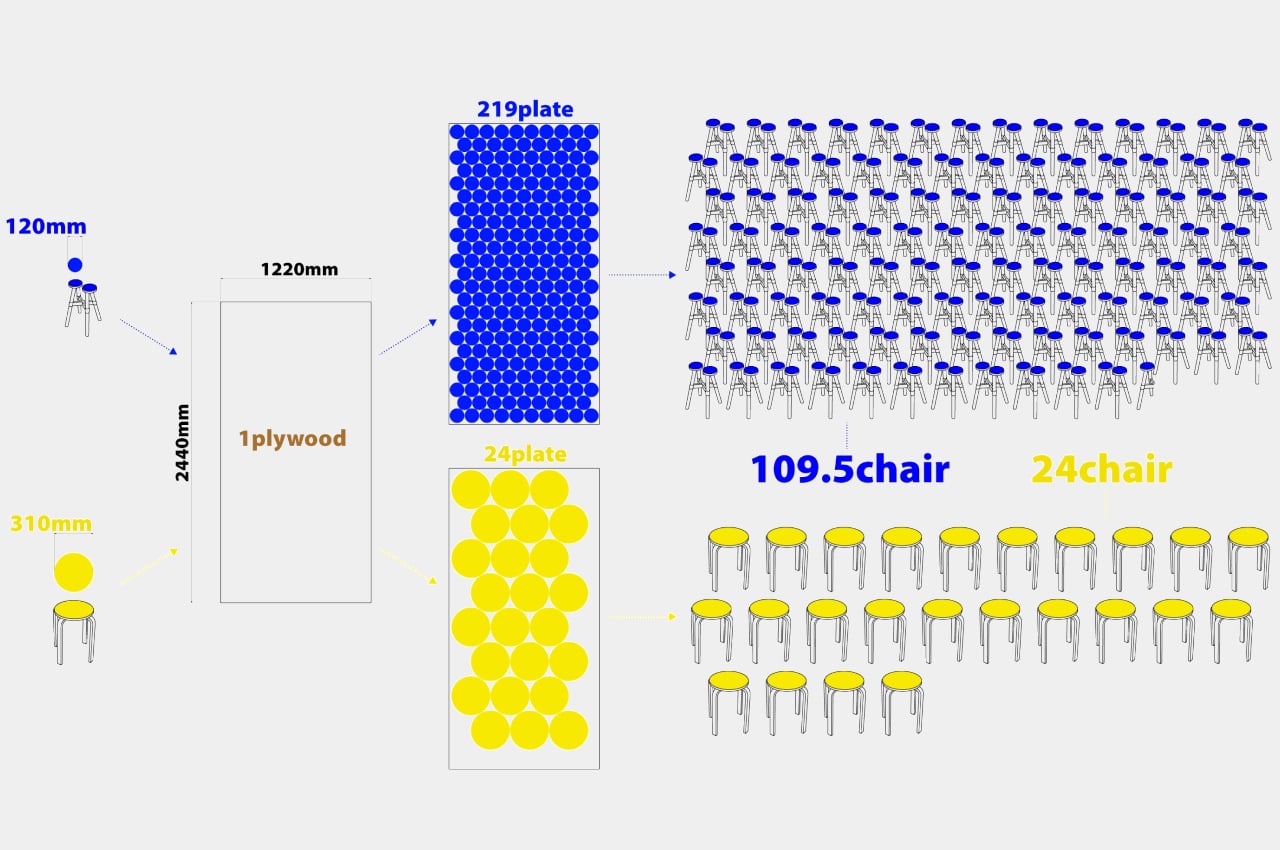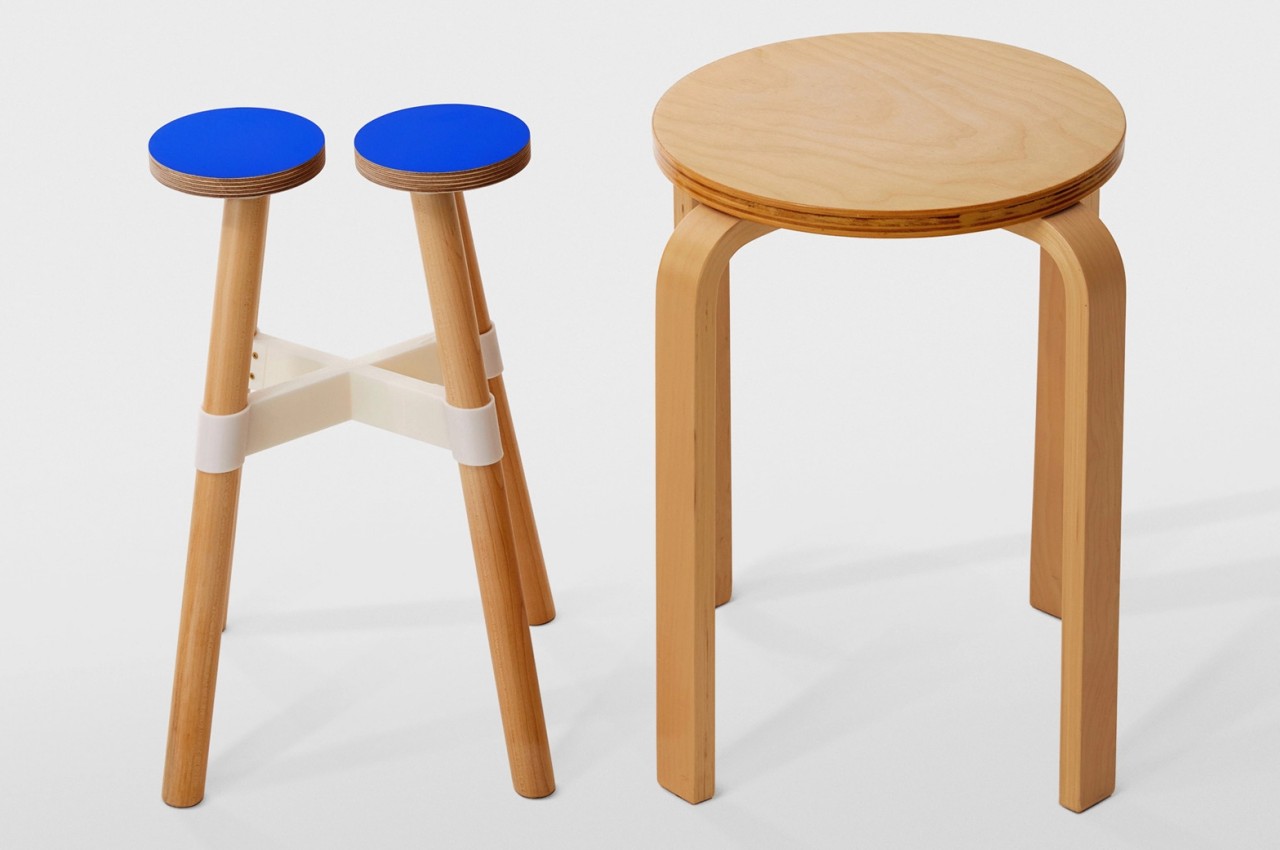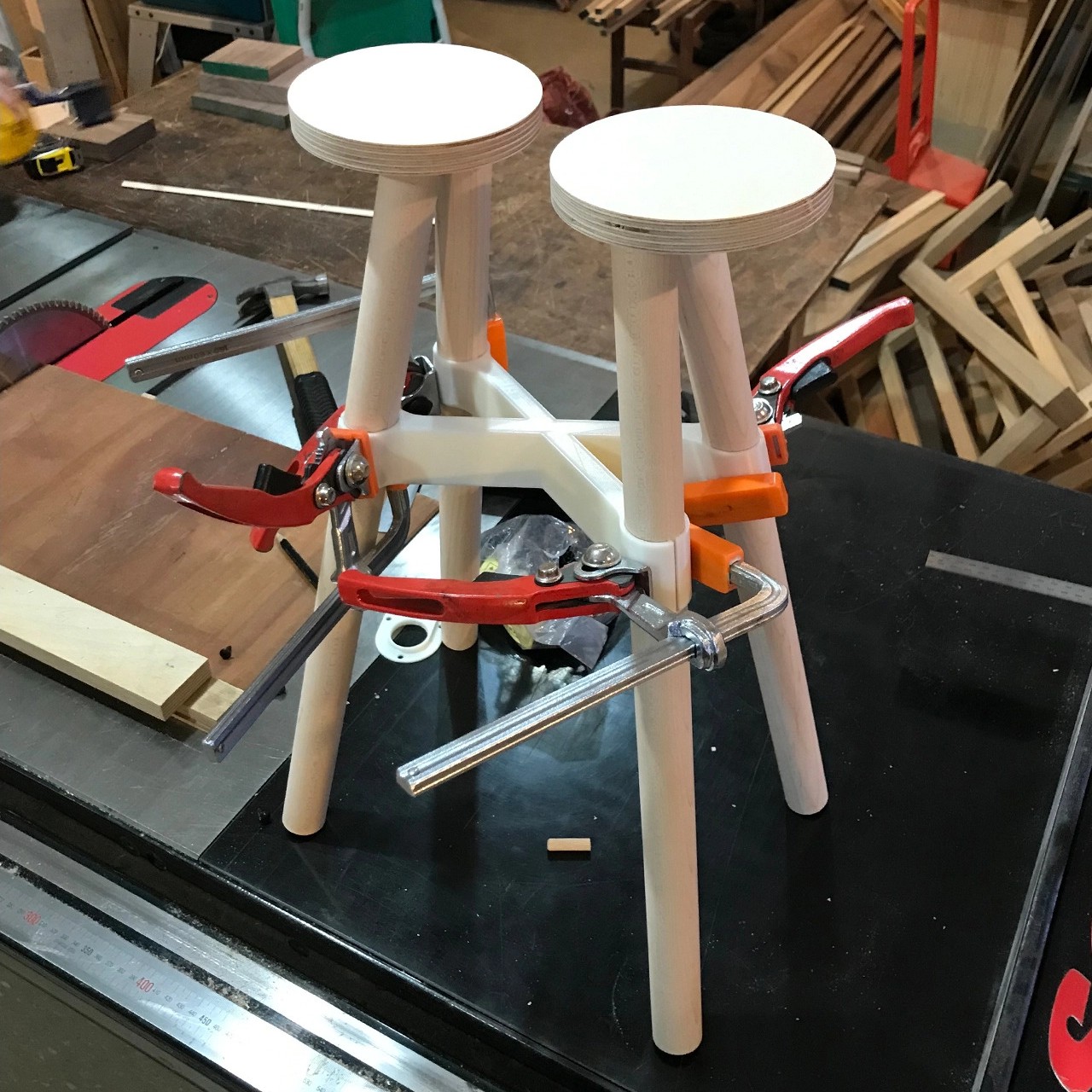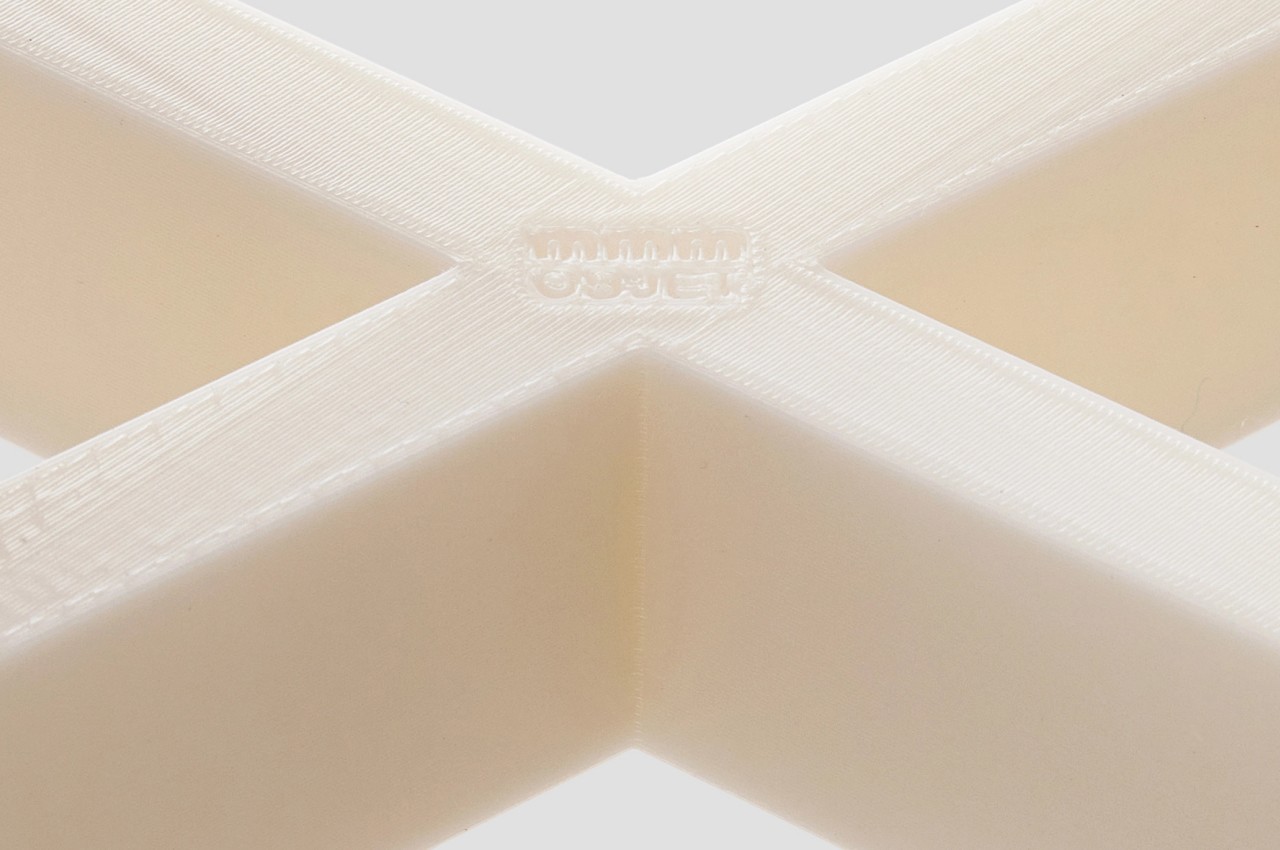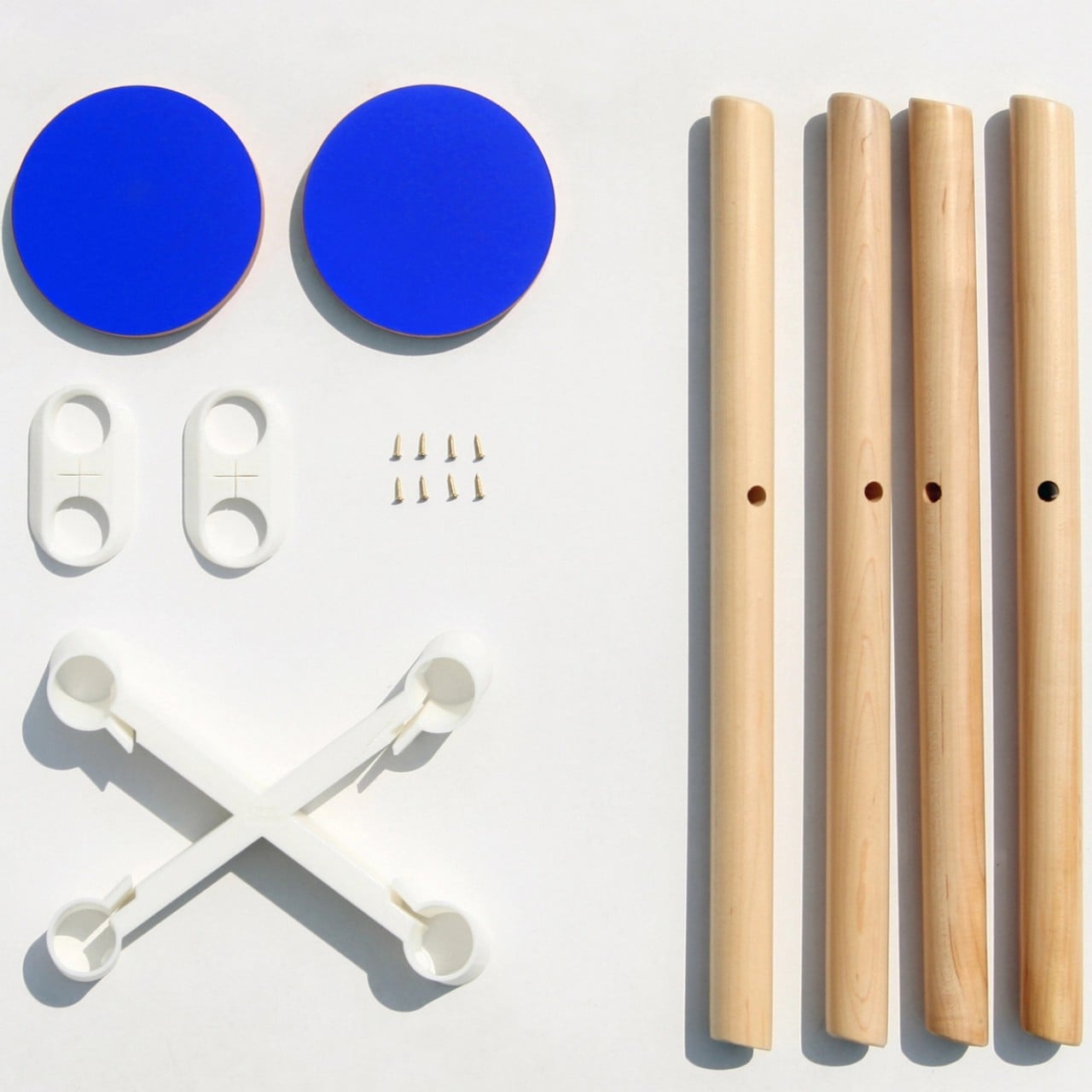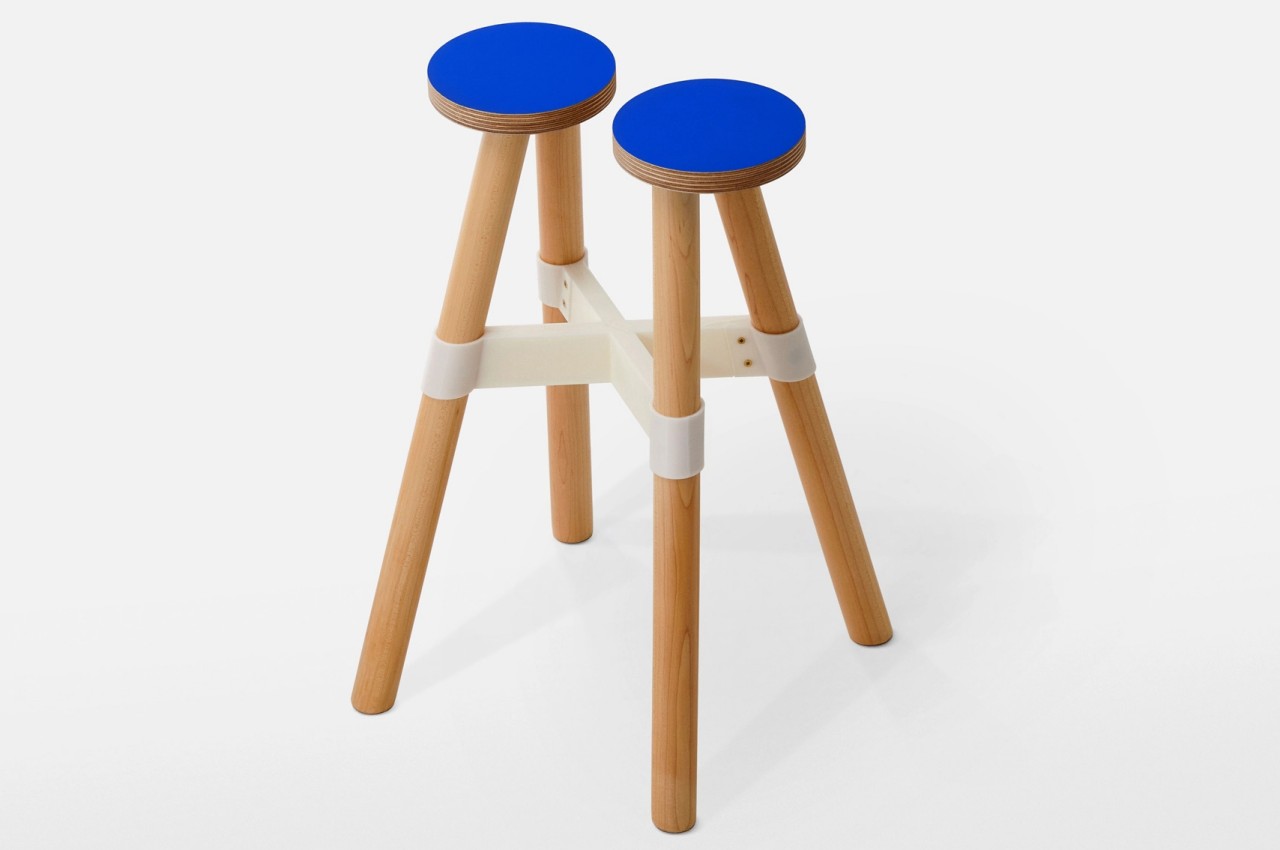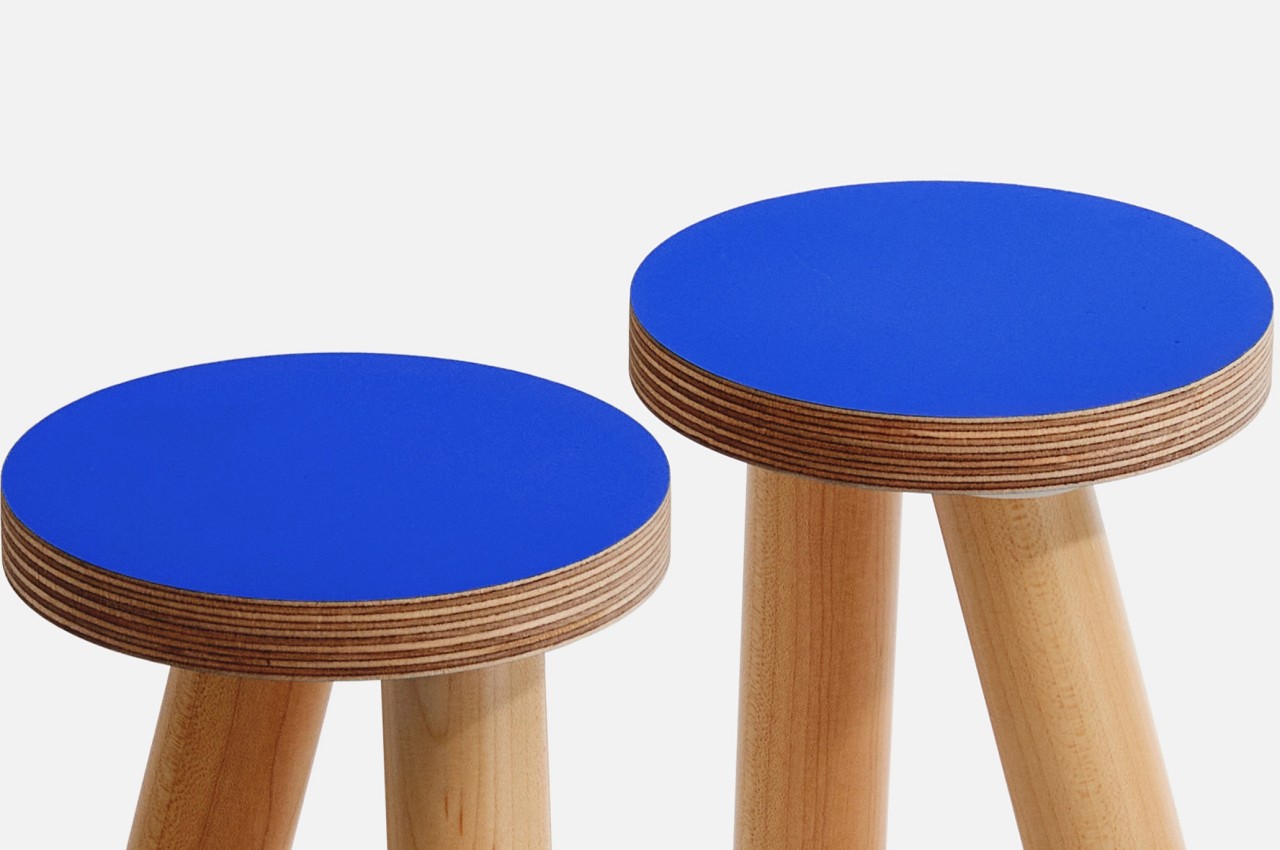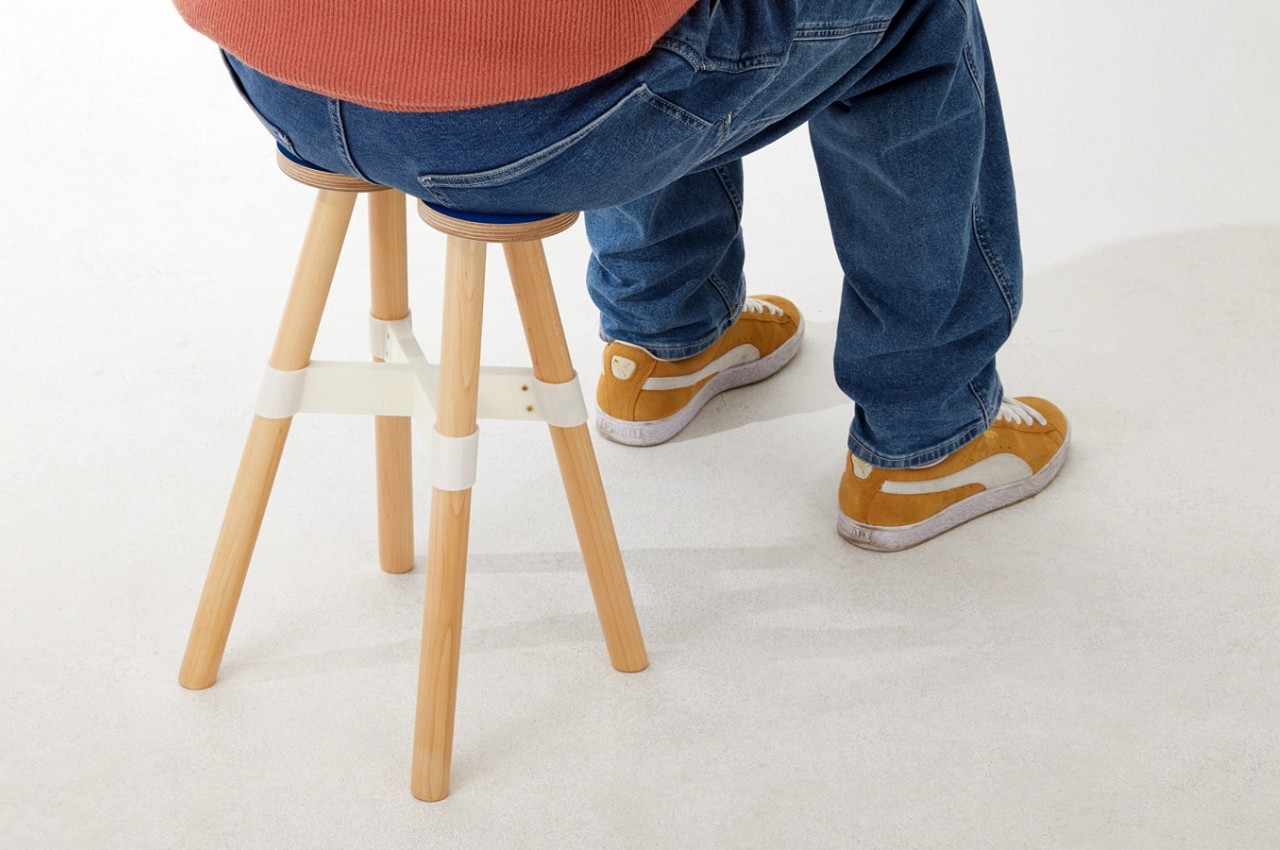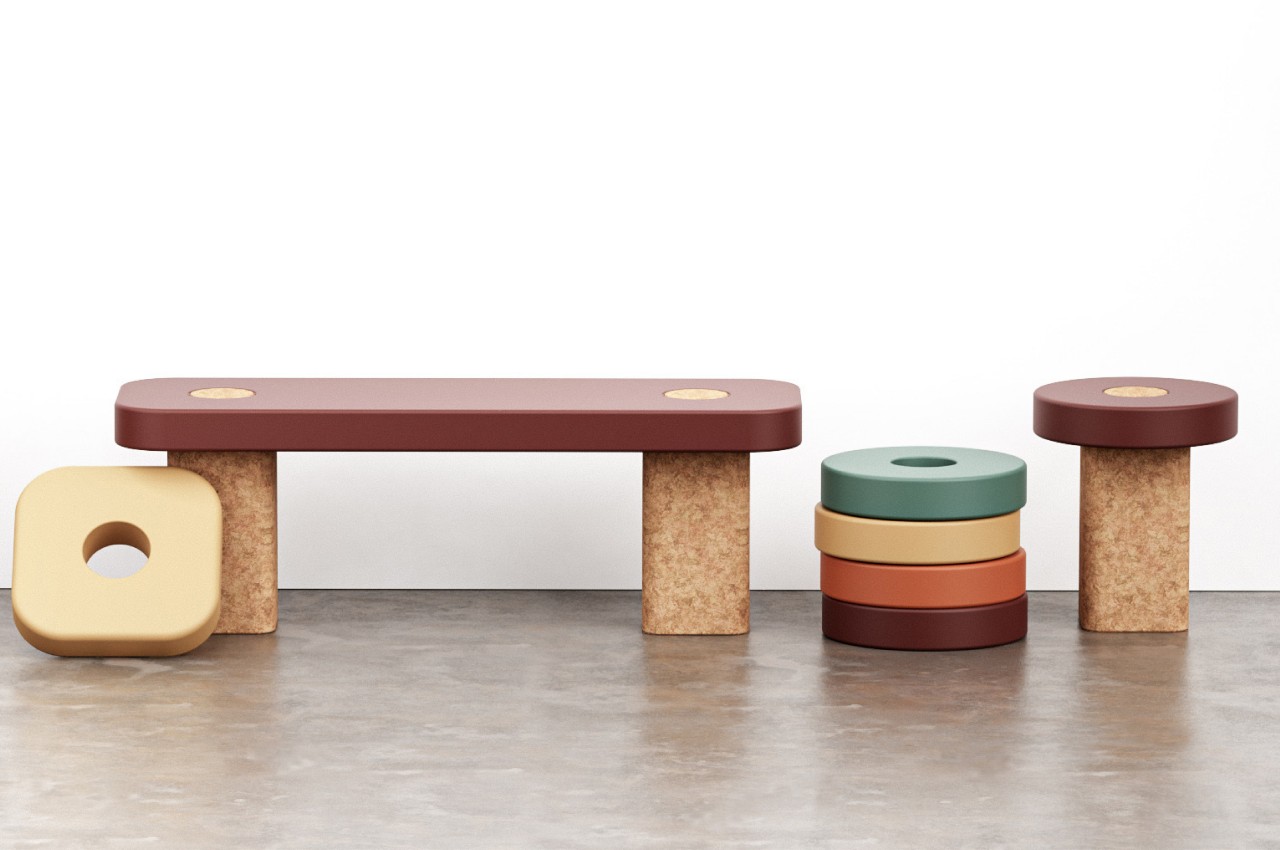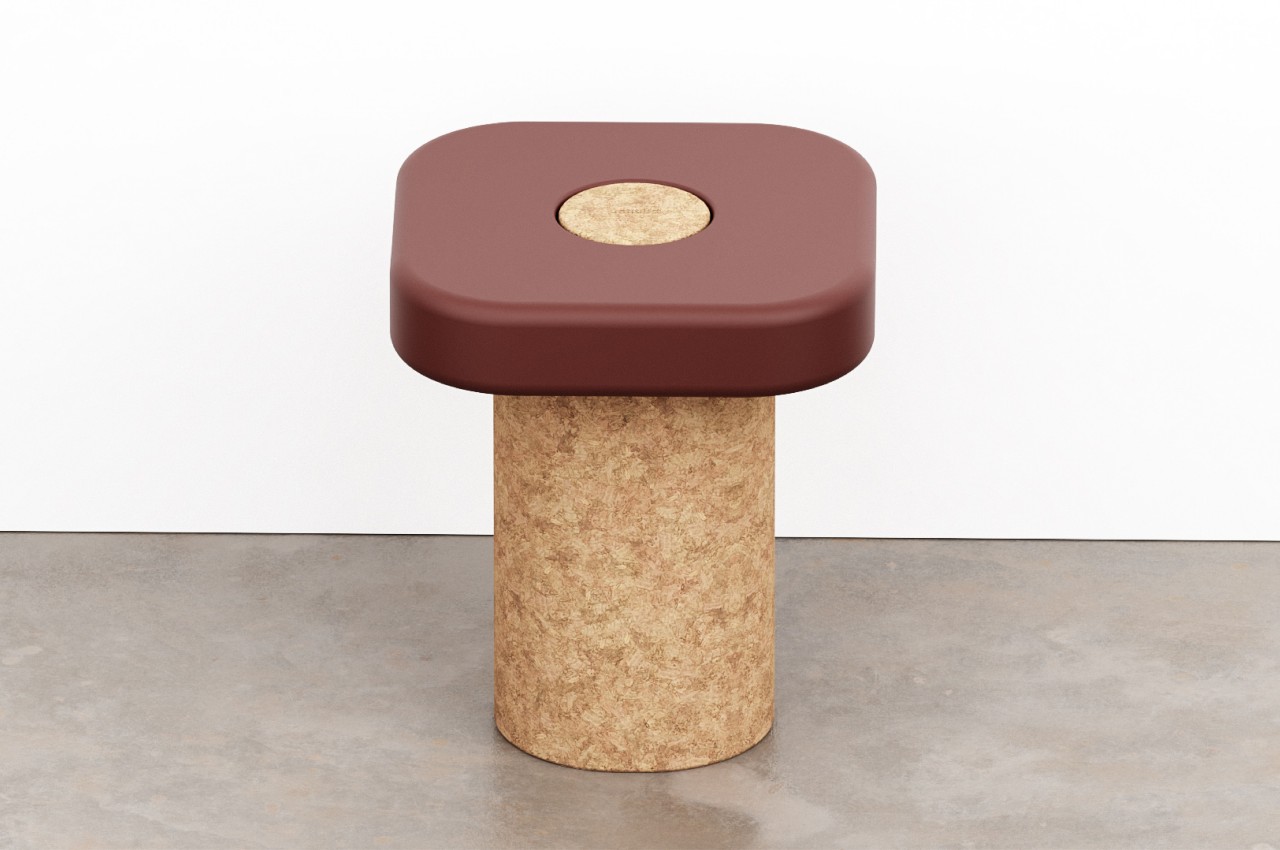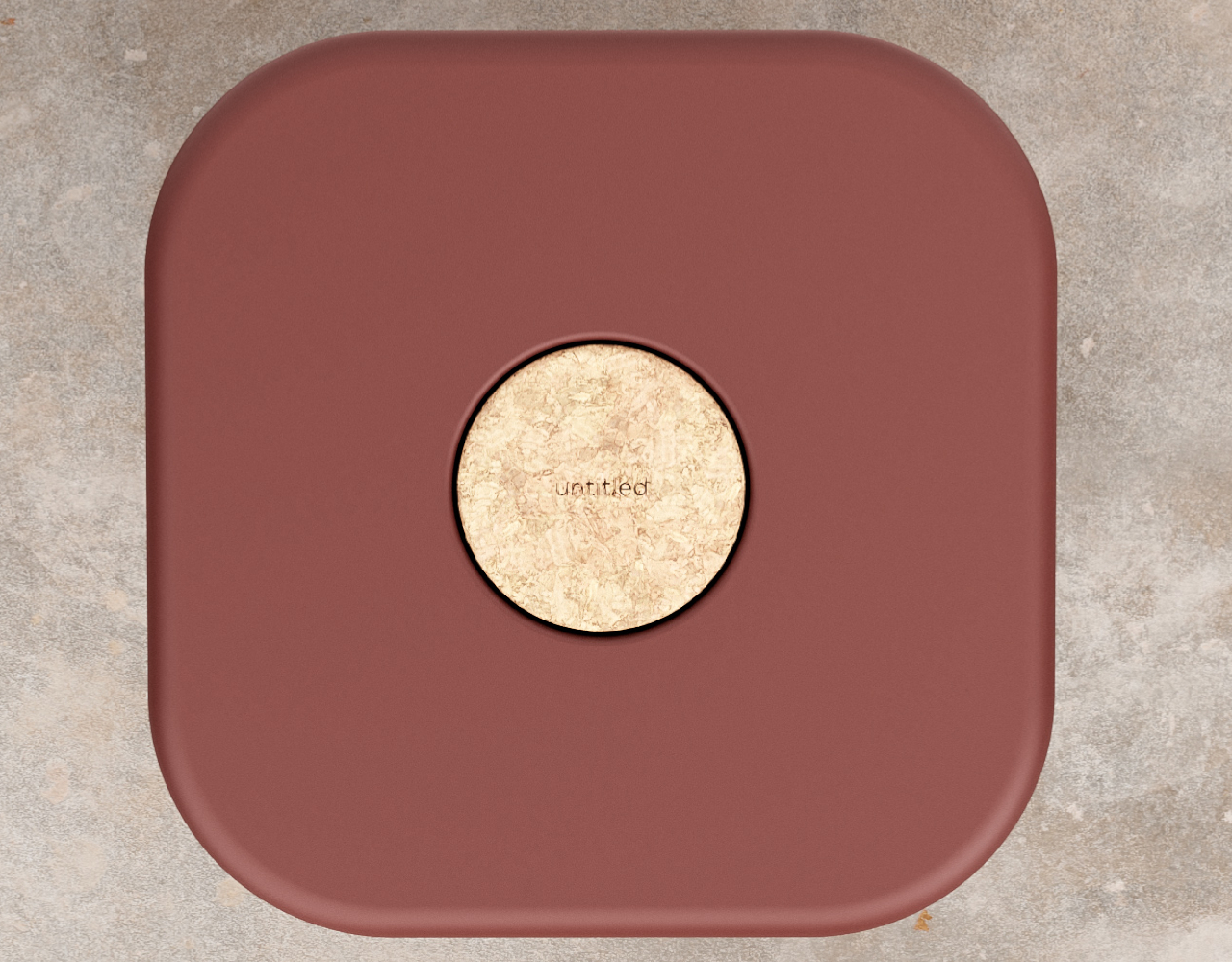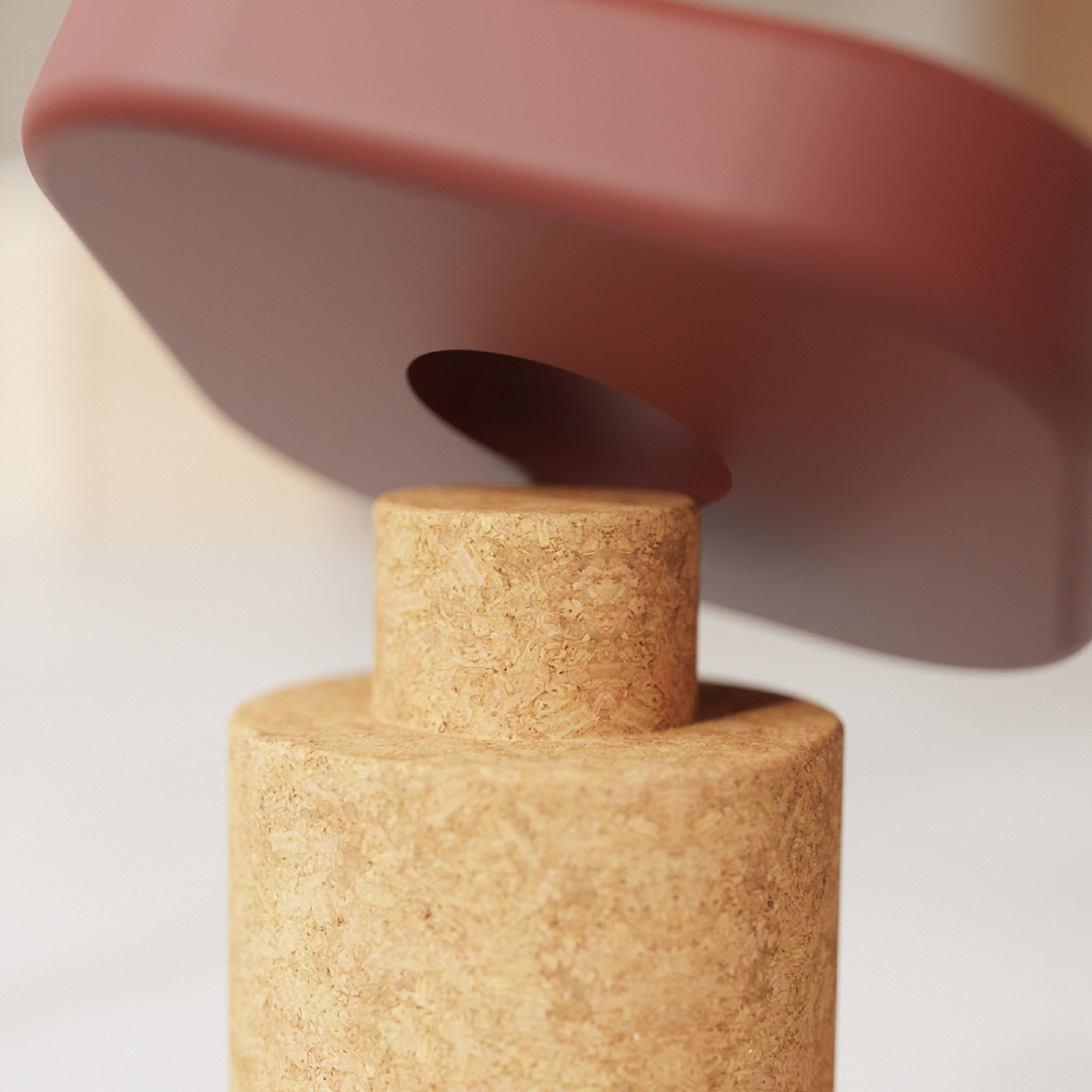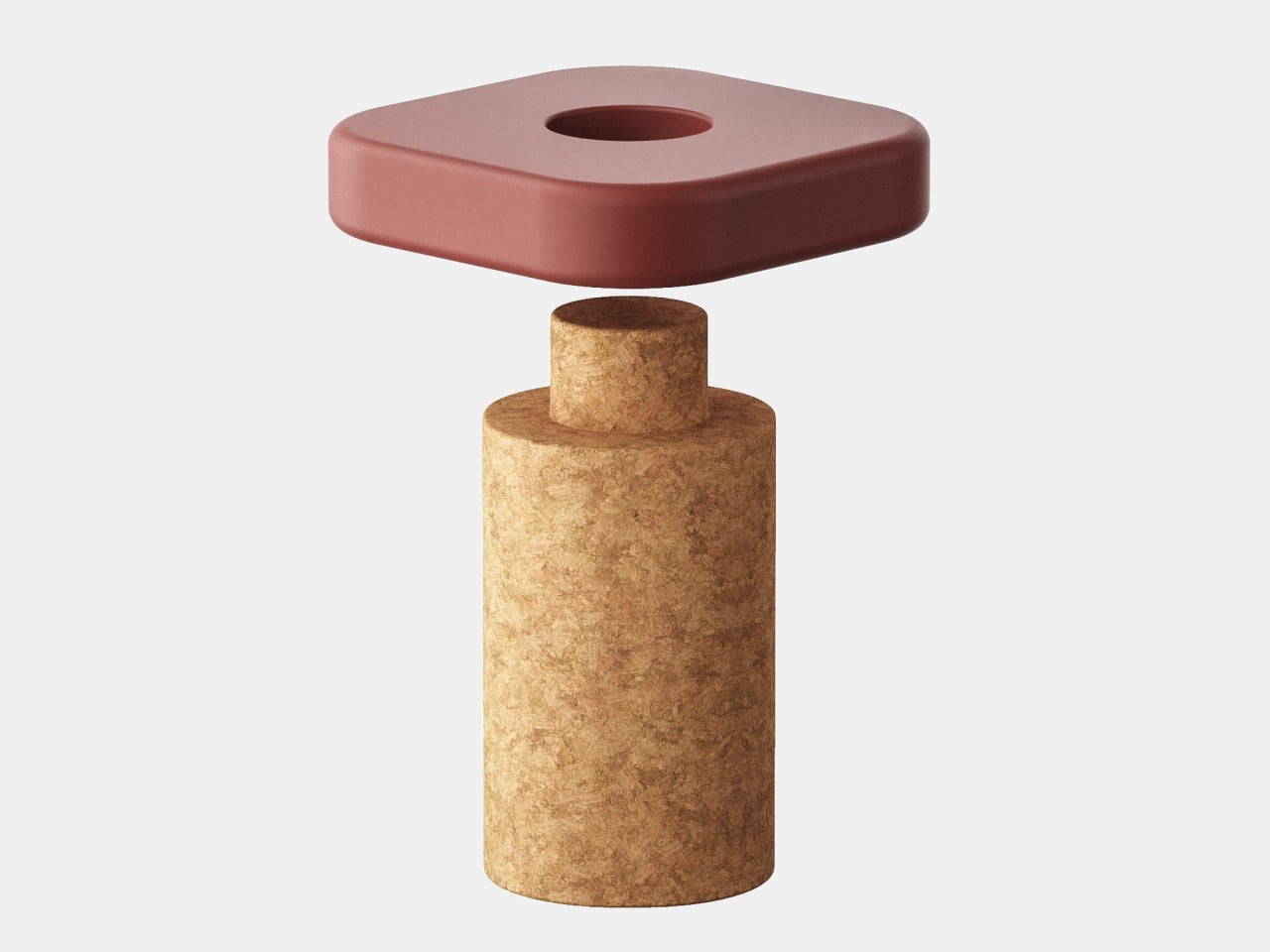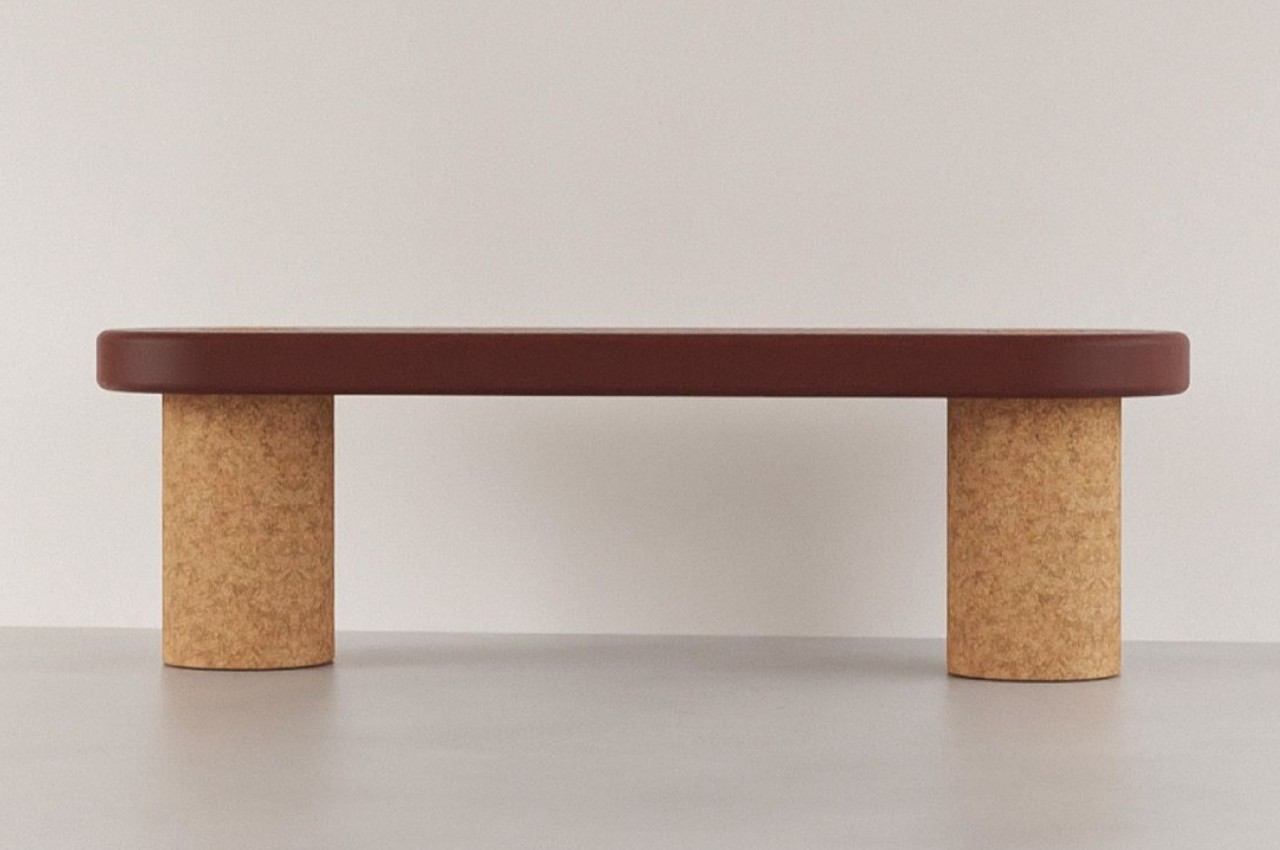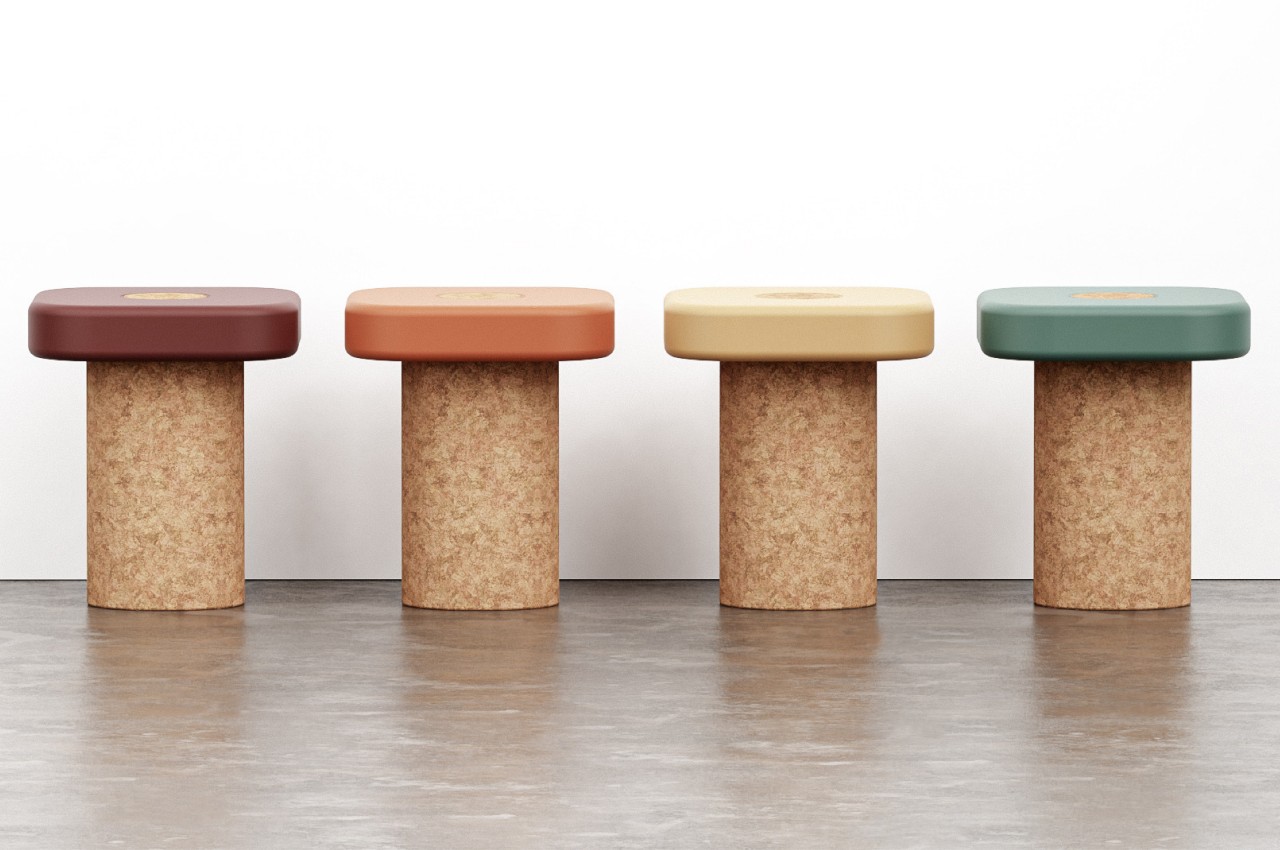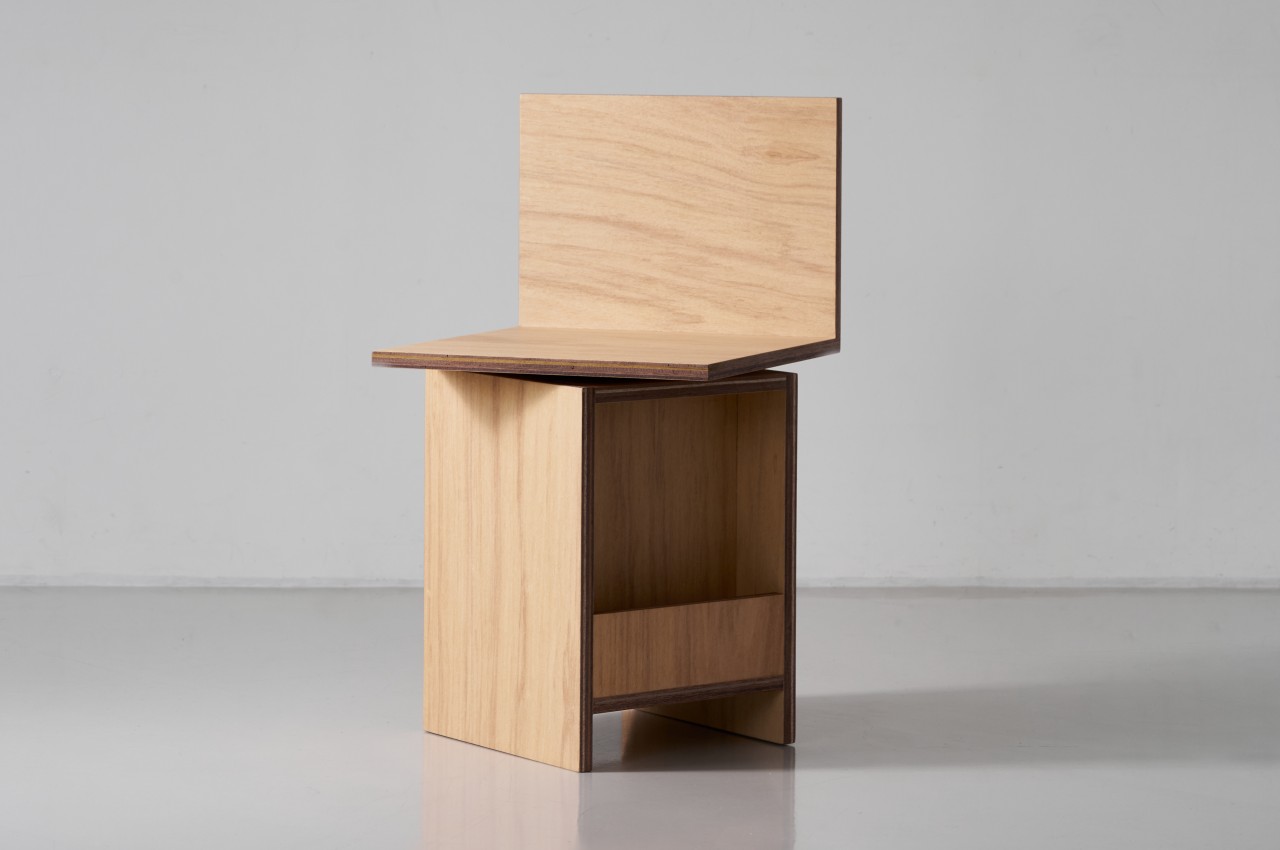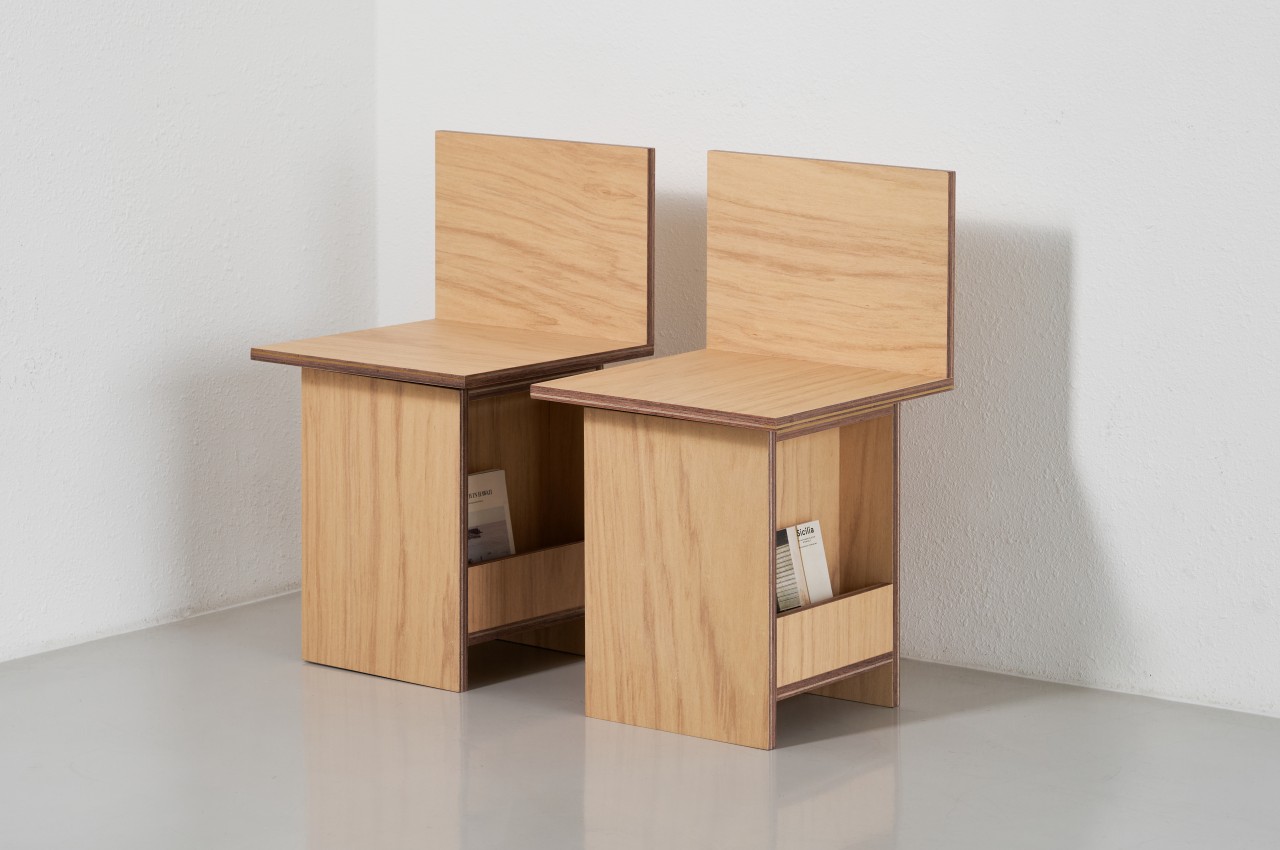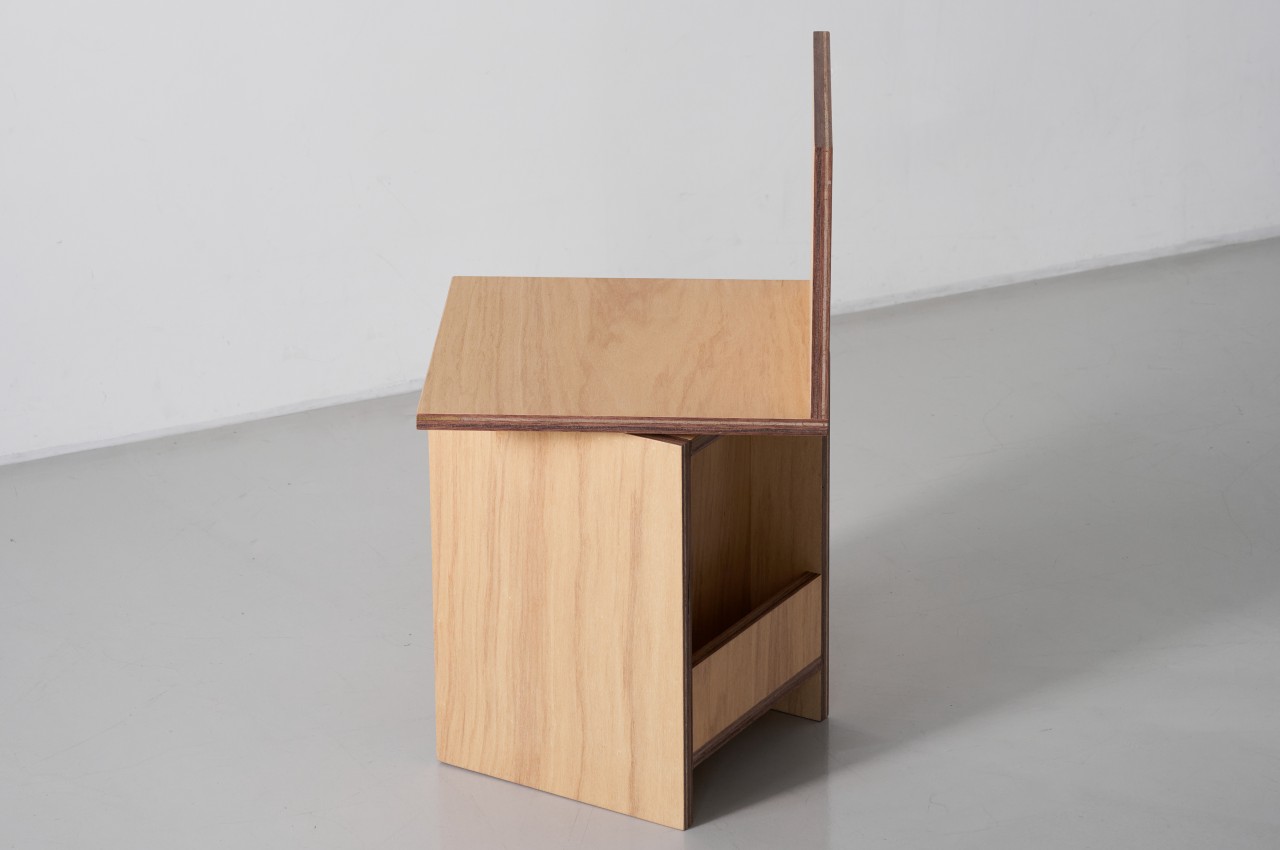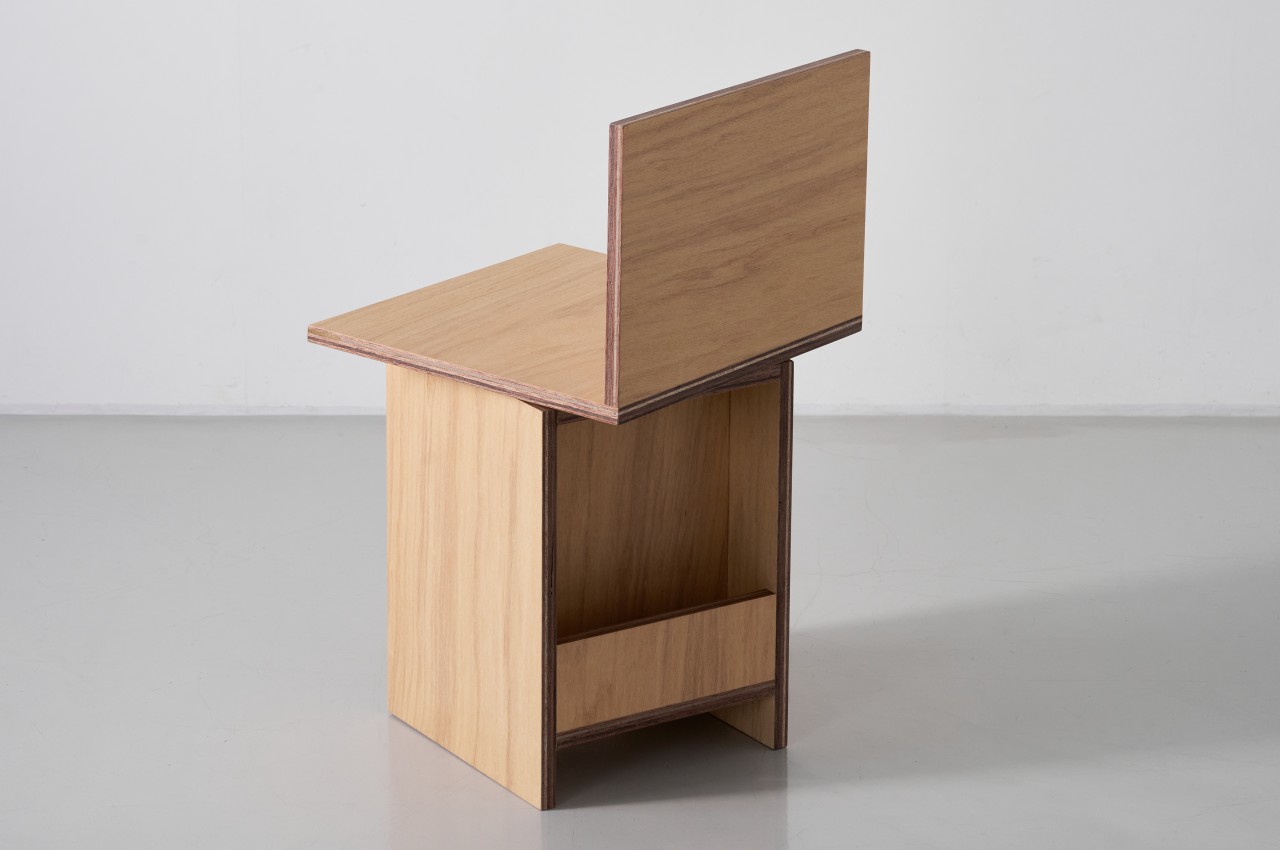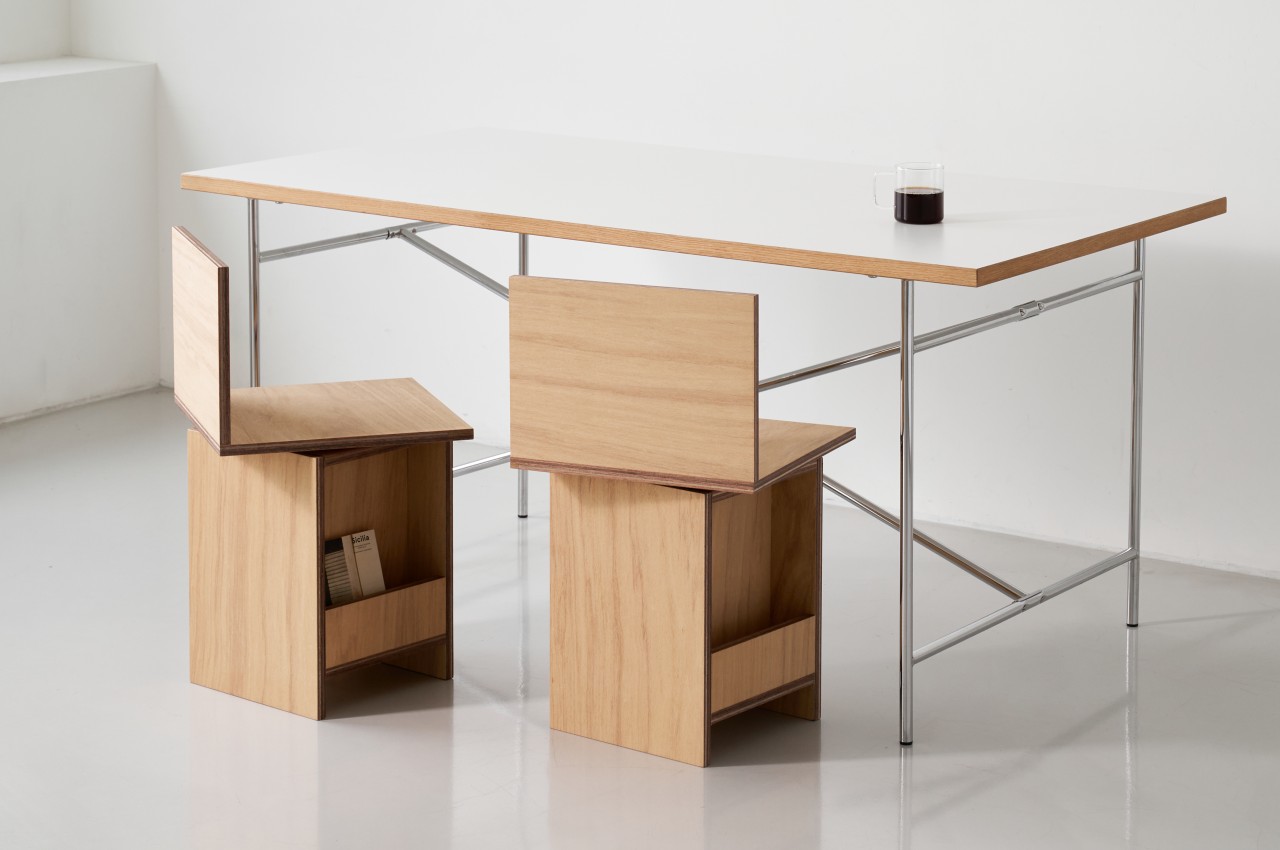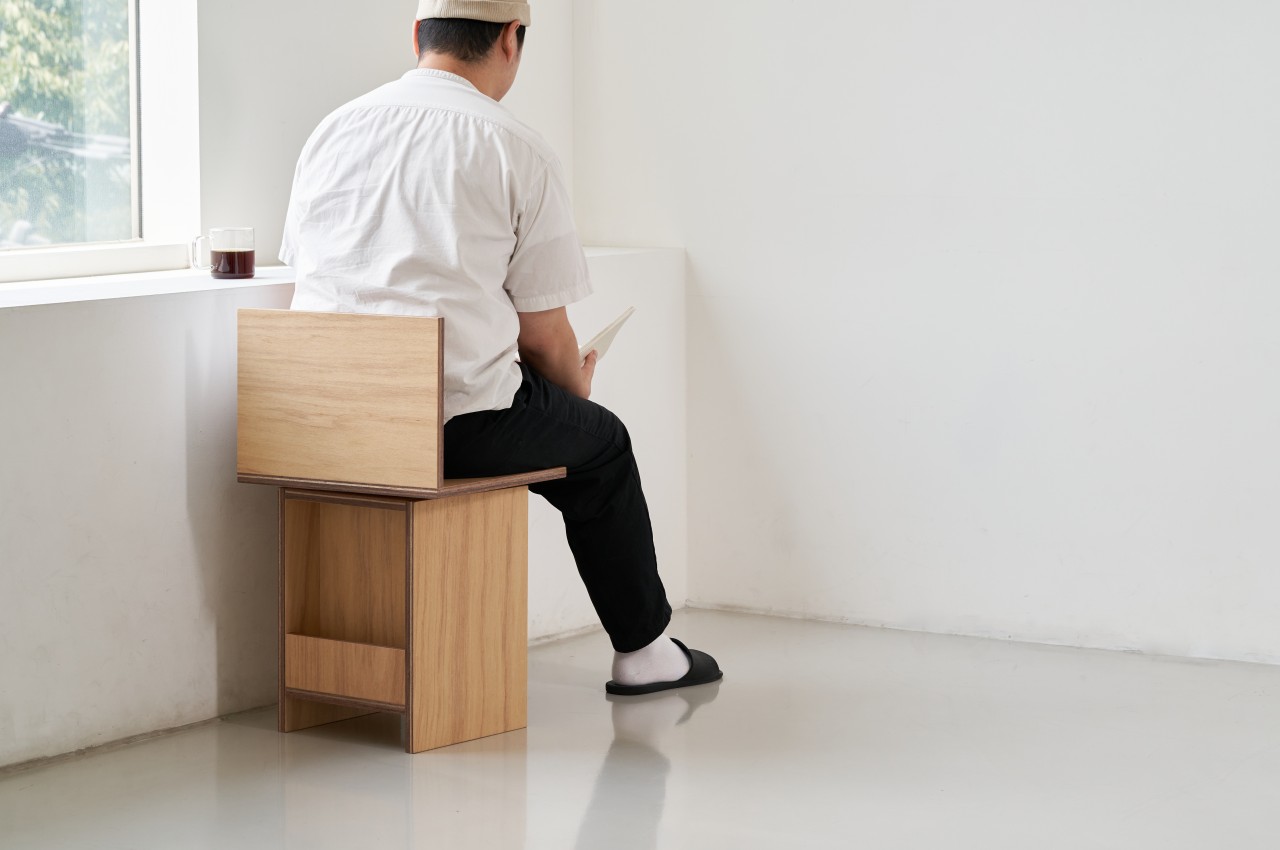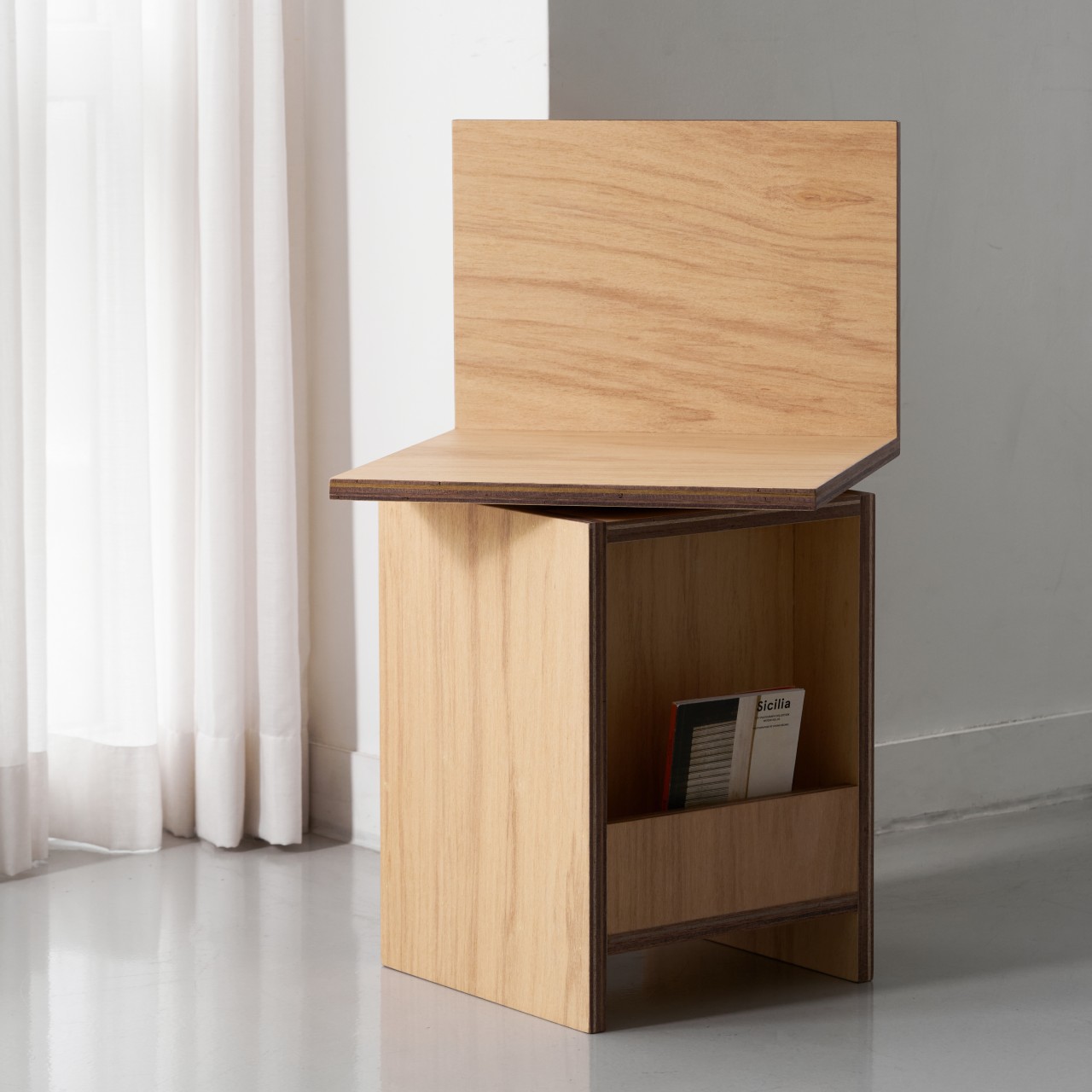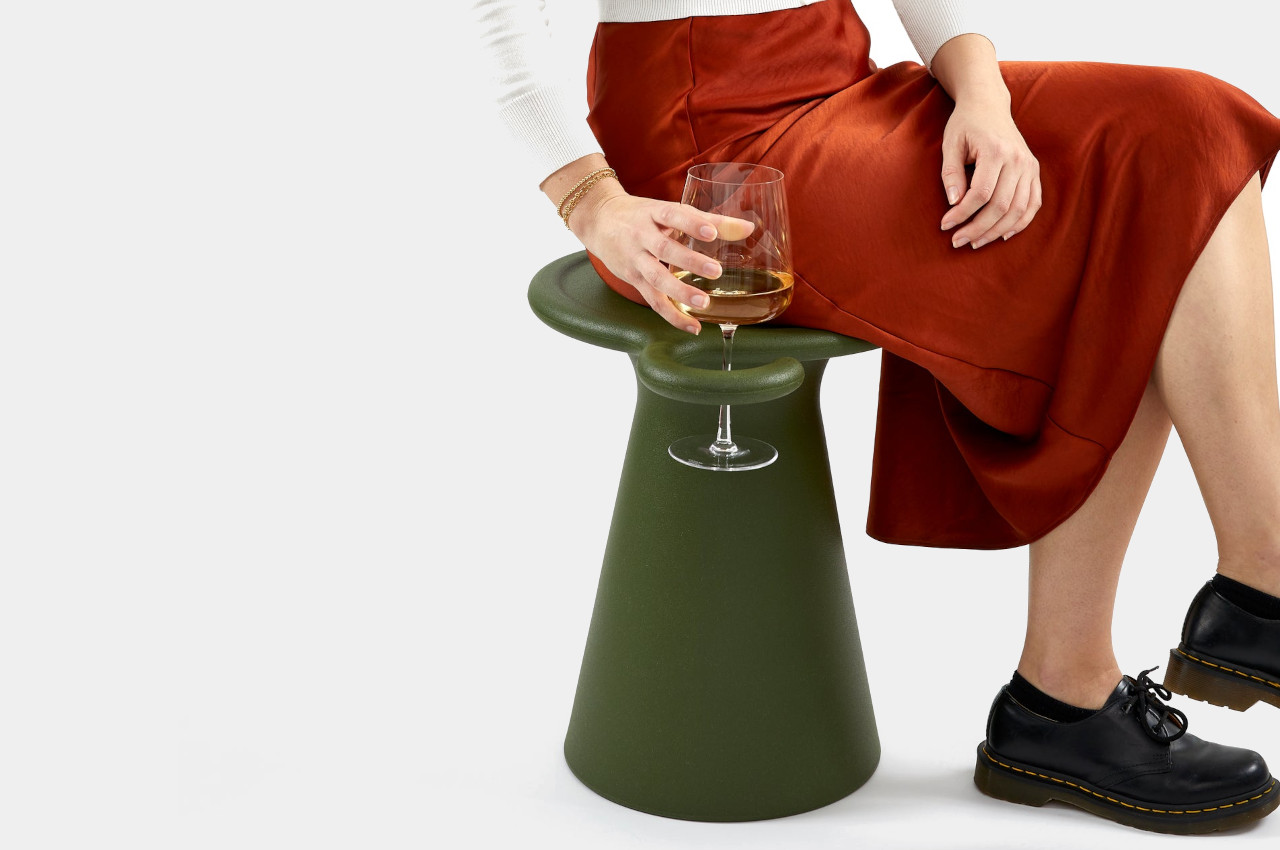
When it comes to chairs, I prefer the ones that are functional and comfortable over the ones that are aesthetically pleasing. I would rather have something simple as long as I can sit on it properly rather than something that would look like an art piece in a museum but is uncomfortable to sit on. But if you could have both, then that would be a great piece of furniture to own and display.
Designer: Josh Owen
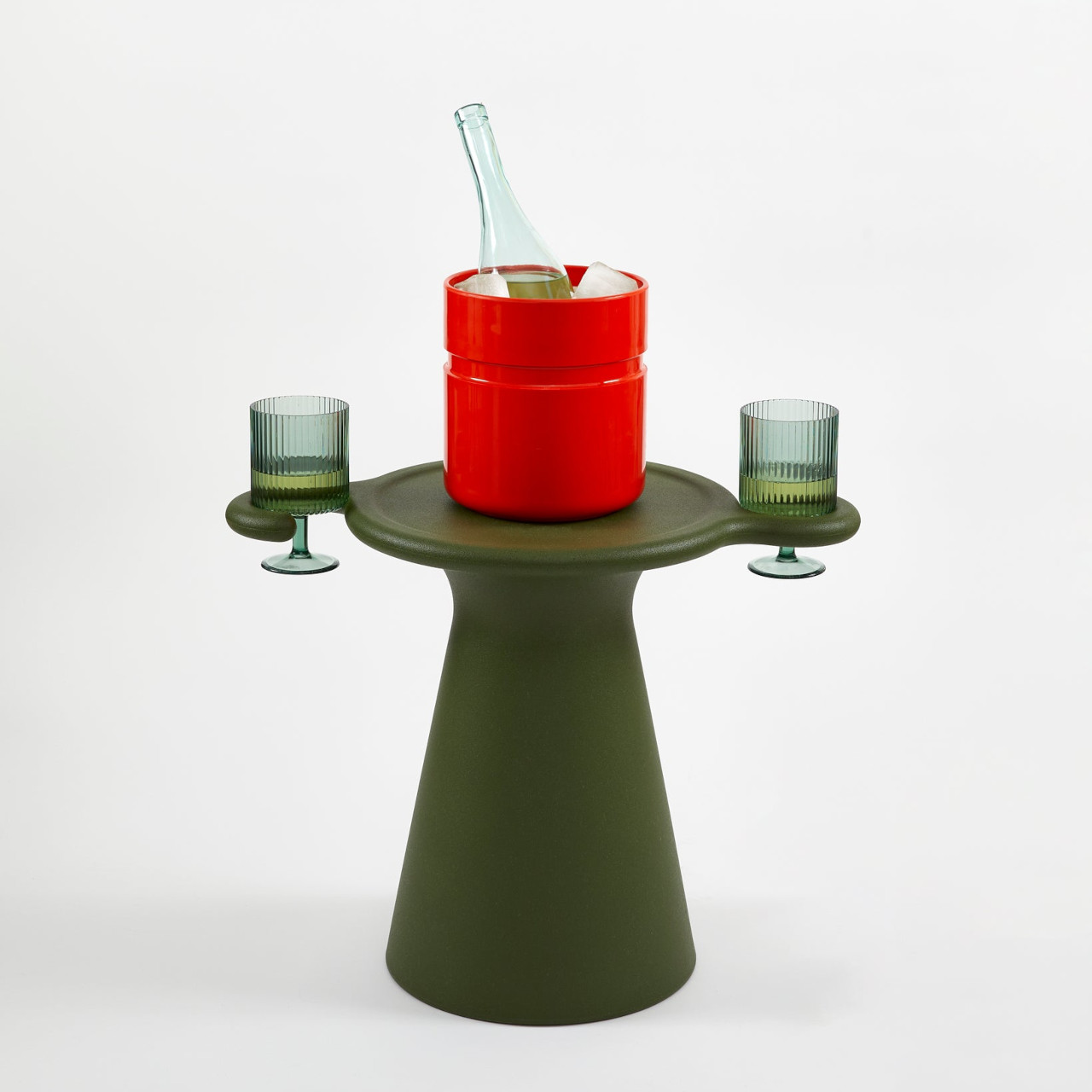
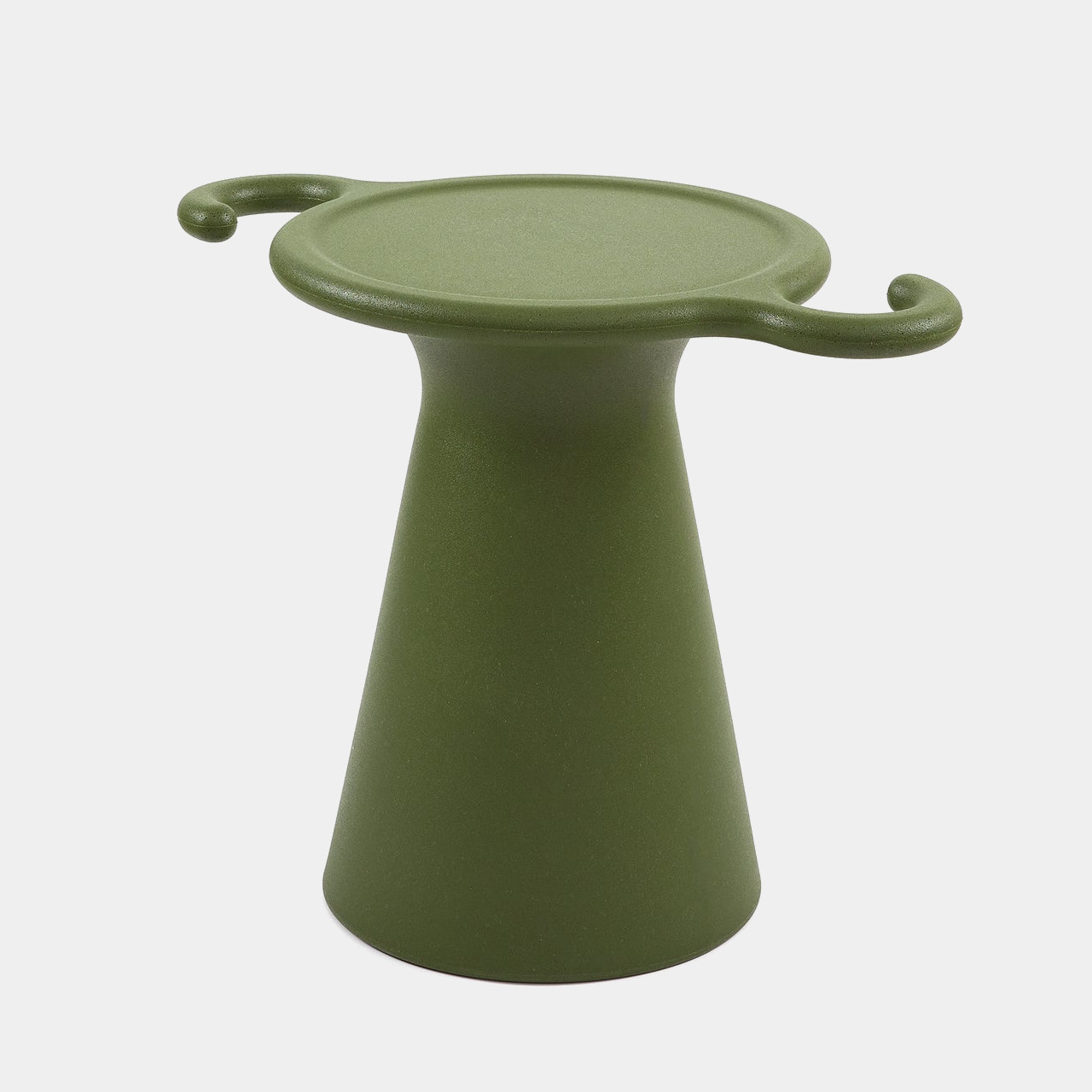

The SOS Stool is a pretty simple piece of furniture that actually has multiple functions in its tiny body. It is, of course, a stool on which one person can sit on. But it can also be a side table to hold your drinks, books, or other small items you need to place on its surface whether it’s beside your couch or bed or workspace. It’s perfect for small spaces as it can serve several functions.


There are also two S hooks built in to the side of the stool so it can hold your glass or water bottle so you can reach for it easily when you’re sitting on the stool or using it as a side table. It’s a convenient mini storage solution especially if you can’t afford to have another piece of furniture which can hold your glass. It is also eco-friendly since it is made from Linear Low-Density Polyethylene that has 25% post-consumer recycled material.

The SOS Stool is available in five different colors: Olive, Red, Bone, Black, and Tomato. Its minimalist but stylish aesthetic has become part of several institutions like the Design Museum Brussels, the Philadelphia Museum of Art, and the Rhode Island School of Design Museum of Art. I’m still not convinced that I’ll be comfortable sitting on it but the side table and glass holder functions can be useful to me.

The post SOS Stool serves as side table, glass holder, and yes, a stool first appeared on Yanko Design.
